Ākonga at the heart
Student stories of growth, connection and creating change
Learning from the MacLean Centre’s approach to inclusion

Te Ara Tīrama supports young changemakers across Aotearoa
Head student on leadership, creativity and passions


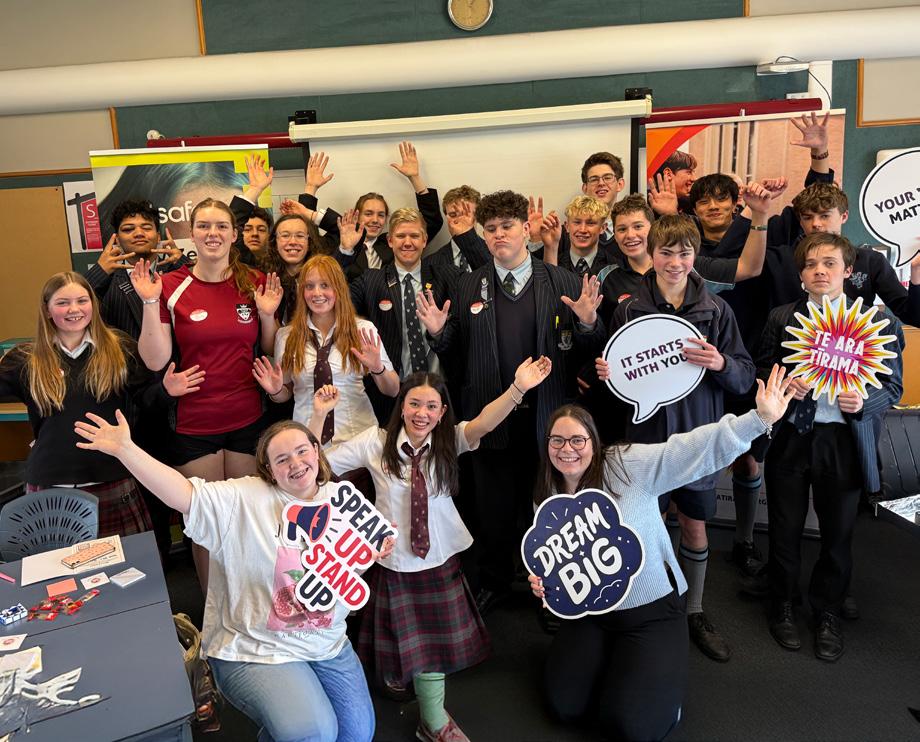




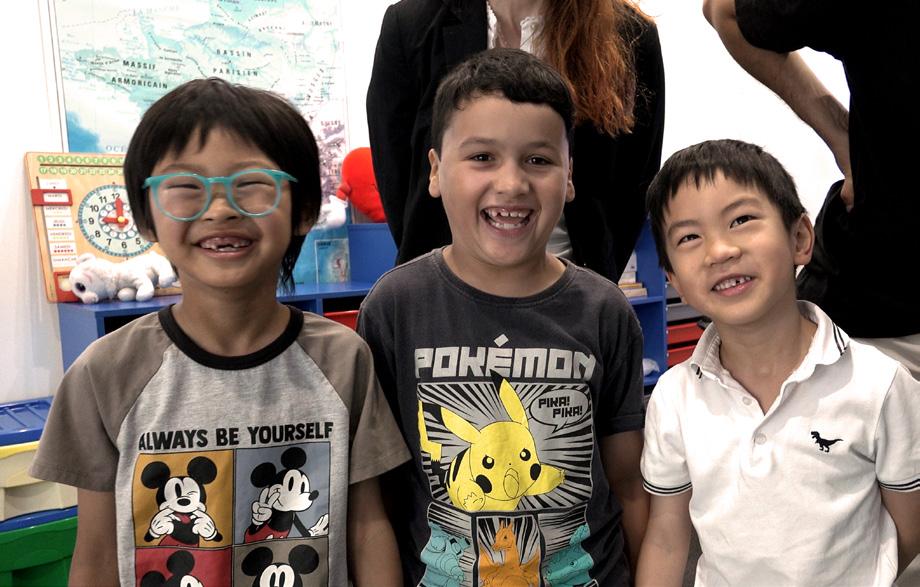


Learning from the MacLean Centre’s approach to inclusion

Te Ara Tīrama supports young changemakers across Aotearoa
Head student on leadership, creativity and passions









Education Gazette | Tukutuku Kōrero is now an online-only publication - but that doesn't mean it's out of reach in your staffroom.
We've created a downloadable poster you can print and display in your school or early learning service, giving kaimahi an easy way to access the latest digital magazine. The poster also includes a link to subscribe to this pānui. If you have any questions or feedback, email us at gazette@education.govt.nz.
Education Gazette | Tukutuku Kōrero is Aotearoa New Zealand’s trusted source of news articles, case studies, vacancies, and development opportunities for education professionals.
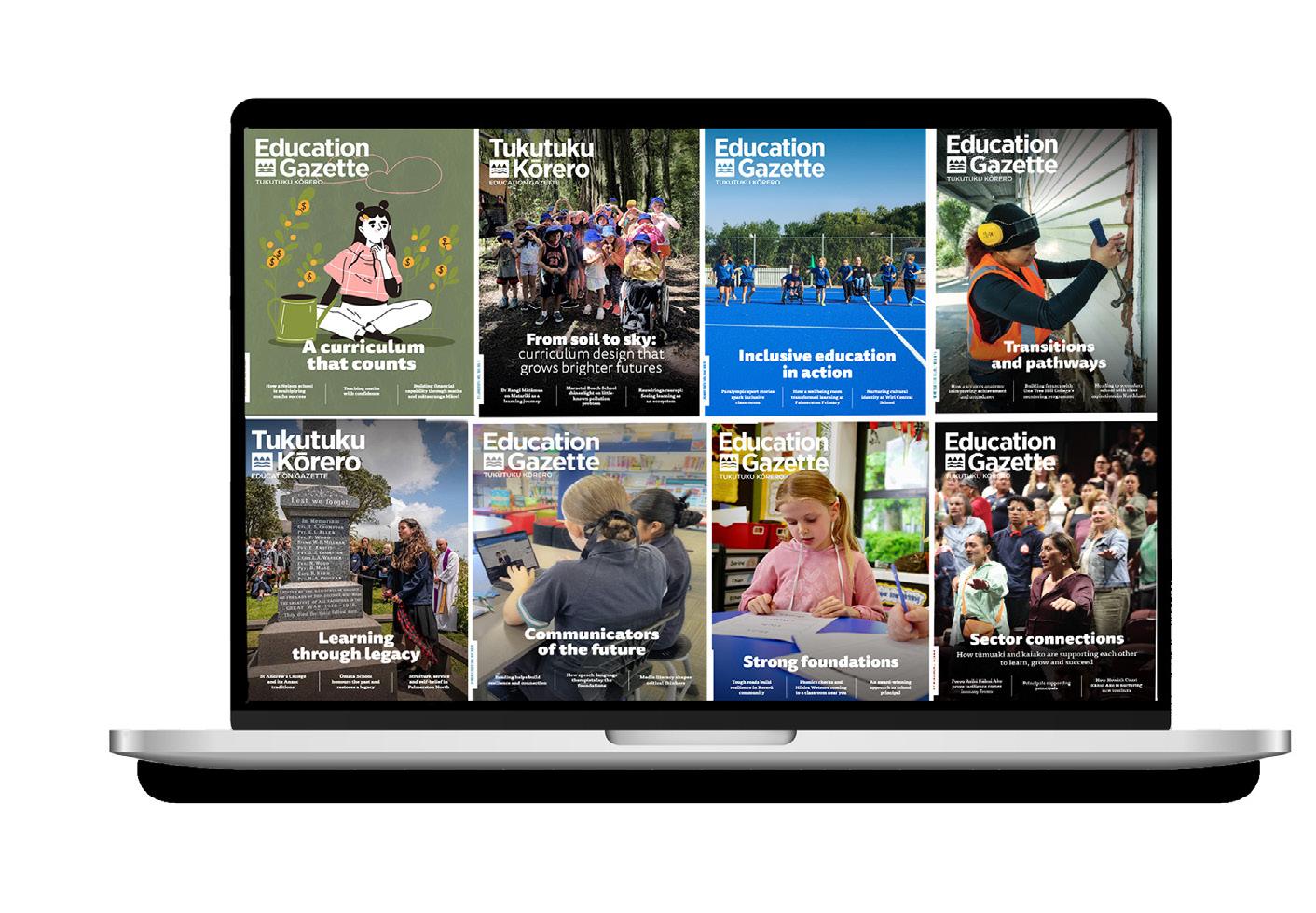
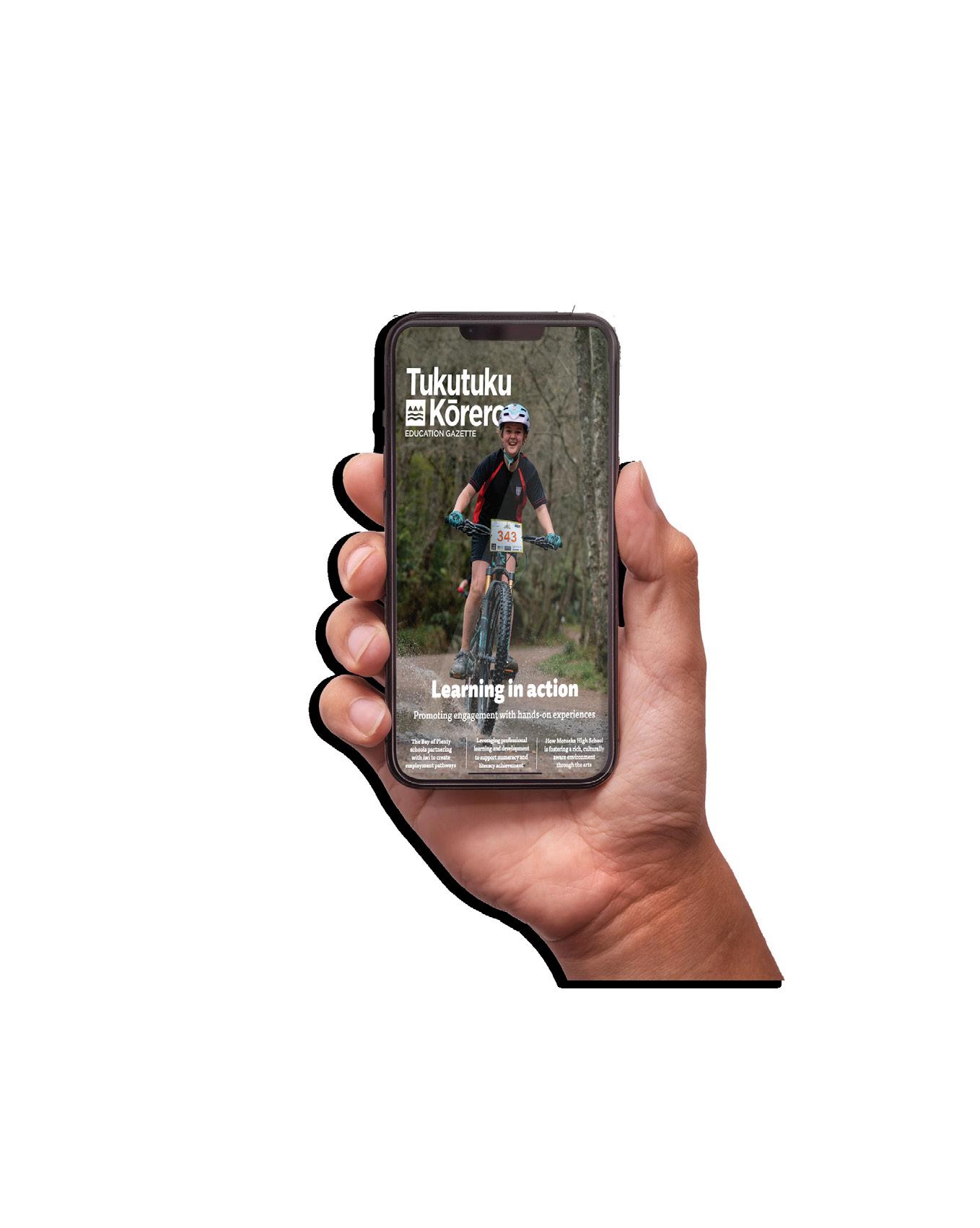
Web: gazette.education.govt.nz
Instagram: @edgazettenz
YouTube: youtube.com/edgazettenewzealand
PUBLISHED BY
Education Gazette is published for the Ministry of Education by NZME. Publishing Ltd. PO Box 200, Wellington. ISSN 2815-8423
All advertising is subject to advertisers agreeing to NZME. Advertising terms and conditions nzme.co.nz/about-nzme/ terms-conditions
KEY CONTACTS
Editorial & feedback gazette@education.govt.nz
Display & paid advertising
Jill Parker 027 212 9277 jill.parker@nzme.co.nz
Vacancies & notices listings Eleni Hilder 04 915 9796 vacancies@edgazette.govt.nz notices@edgazette.govt.nz
STORY IDEAS
We welcome your story ideas. Please email a brief (50-100 words) outline to: gazette@education.govt.nz
DEADLINES
The deadline for display advertising to be in the 10 November 2025 edition of Education Gazette is 4pm on Friday 24 October 2025.
gazette.education.govt.nz
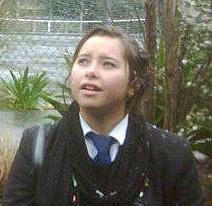
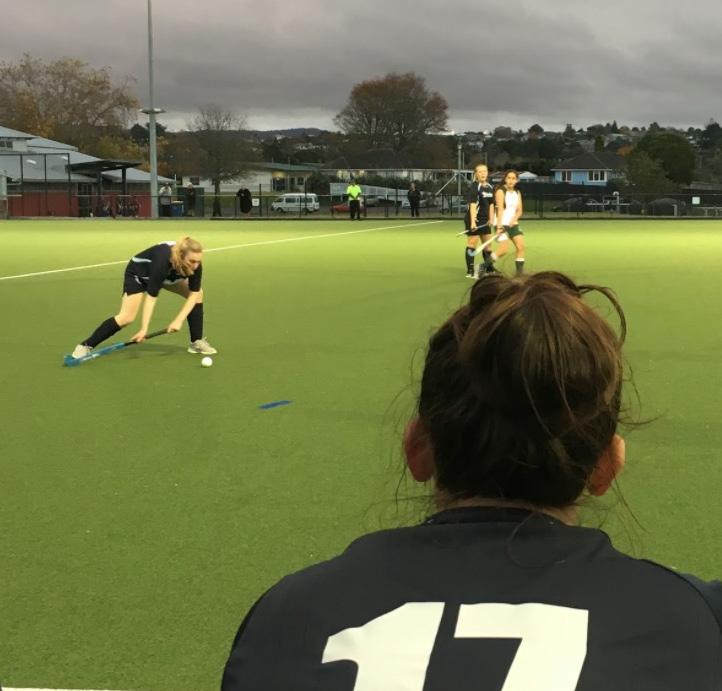
As term 4 begins, early learning services, schools and kura are entering a season of culmination. For kaiako, it’s a time of wrapping up learning journeys, supporting exam preparation and reflecting on the year that’s been. It’s a busy season but also deeply meaningful.
In this edition, we pause to spotlight the voices of ākonga as they look within, and ahead to what comes next. You’ll read stories of students leading in ways big and small; from shaping inclusive physical education lessons and codesigning youth networks, to balancing leadership, academics and extracurriculars. Their journeys range from building underwater robots and racing them on the international stage, to setting sail on the voyage of a lifetime through icy waters.
Some stories are told directly in student voice. Others reflect the environments that help ākonga feel seen, heard and supported – and the educators who make that possible. Across the motu, kaiako and kaihautū are creating spaces where ākonga can grow, connect and lead. Whether through play, leadership or learning support, these stories show what happens when ākonga are truly held at the heart of their education.
Ngā mihi maioha
Sarah Wilson
Ētita | Editor
For our student edition, the editorial team are throwing it back to our own school days.
Top: Editor Sarah Wilson recalls a magical day in Year 13 when it snowed to sea level in Wellington. Bottom: Content advisor Mikayla caught in her brief but passionate Waitākere College sporting era.

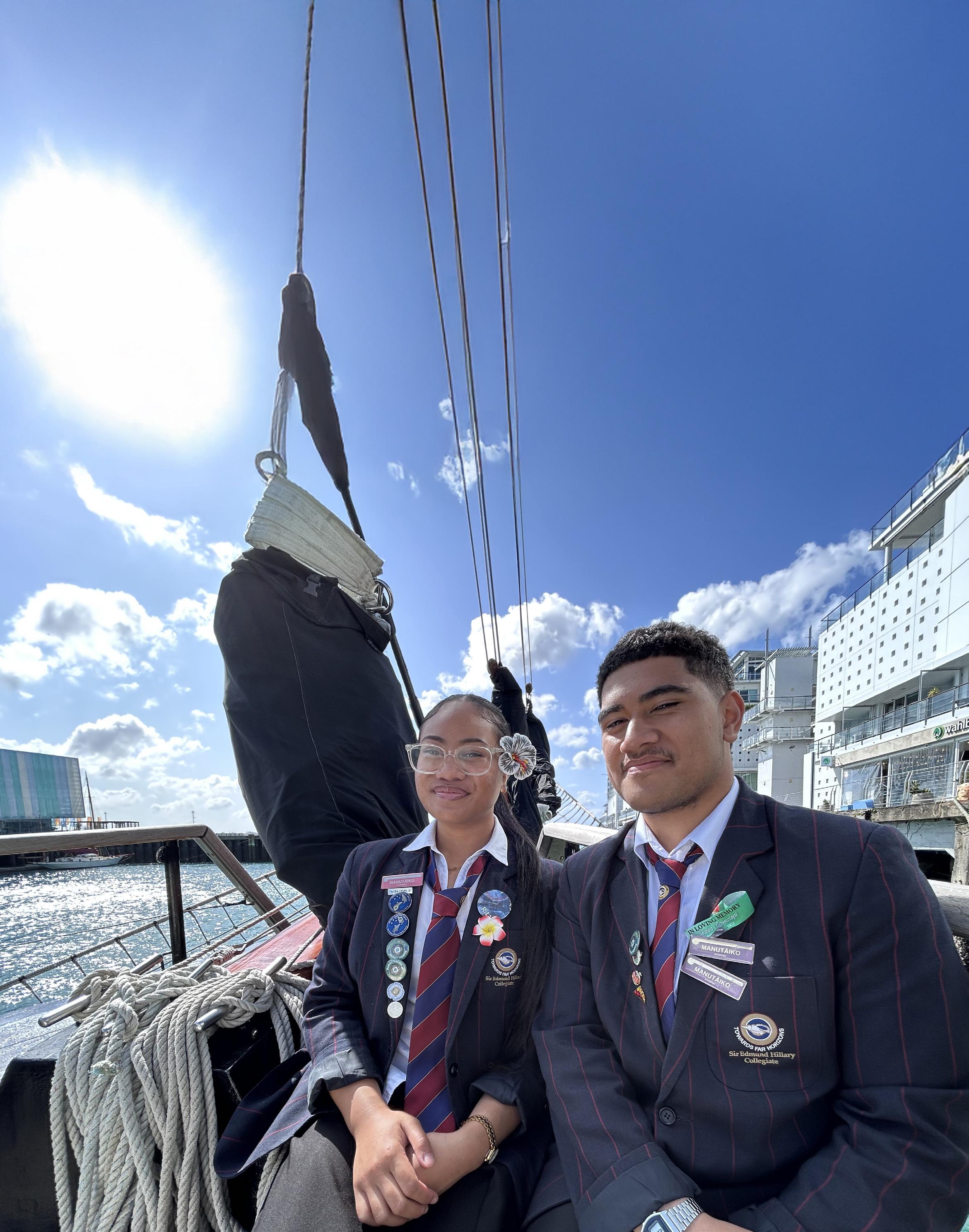
Fifteen students have completed a 10-day voyage with The Spirit of Antarctica, an education programme by Antarctic Heritage Trust and Spirit of Adventure Trust. Through virtual reality and leadership workshops, students explored Antarctic history and built resilience. Rita and Mosese say the experience helped them grow in confidence, honour their cultures, and inspire others to take on new challenges.
Fifteen students in Tāmaki Makaurau | Auckland have returned home after spending 10 days at sea aboard a three-masted tall ship, an exciting journey made possible through a new partnership between the Antarctic Heritage Trust and the Spirit of Adventure Trust.
The partnership programme, dubbed The Spirit of Antarctica, saw 150 students from South Auckland participate in an education programme with Antarctic Heritage Trust to learn about the icy continent before 15 students set sail for the voyage.
Sir Edmund Hillary Collegiate student Rita was among the lucky students selected to go on the voyage and described feeling honoured at the opportunity.
“Being chosen for the Spirit of Antarctica voyage felt like such a huge honour, and it was surreal. I felt nervous seeing as it was my first time away from home for a number of days, but I felt very blessed and grateful for the opportunity,” says Rita.
“My parents were both proud and supportive of me taking part in the programme. It’s not just about representing my school and my community, but also my family and my culture.
“I’m proud of my Samoan and Tongan heritage and carry with me the values that my parents have instilled in me. I hope I made them proud.”
Heading into the voyage, Rita hoped to develop her resilience and confidence, and inspire others to embrace challenges and not doubt themselves.
Joining Rita on the voyage was Year 12 student leader Mosese, from the same school.
Mosese felt a combination of excitement and nerves when he discovered he was chosen to go on the ship, but he mostly felt incredibly grateful for the opportunity, particularly as he was the first person in his family to have the chance to spend time on a tall ship.
“My parents were hesitant at first because the voyage was a number of days long, but they were proud of me for taking the opportunity and being a part of the programme.”
Both students admitted feeling nervous about the challenge of climbing the mast on the ship but said they were willing to take the risk and put themselves out of their comfort zones to grow.
“I’m a person who is scared of heights, so at first I was scared, but also excited to overcome the challenge and give it a go,” says Mosese.
The education sessions that ran ahead of the voyage saw students learn about Antarctica’s rich history of exploration, using cutting-edge virtual reality, and develop their leadership and teamwork skills.
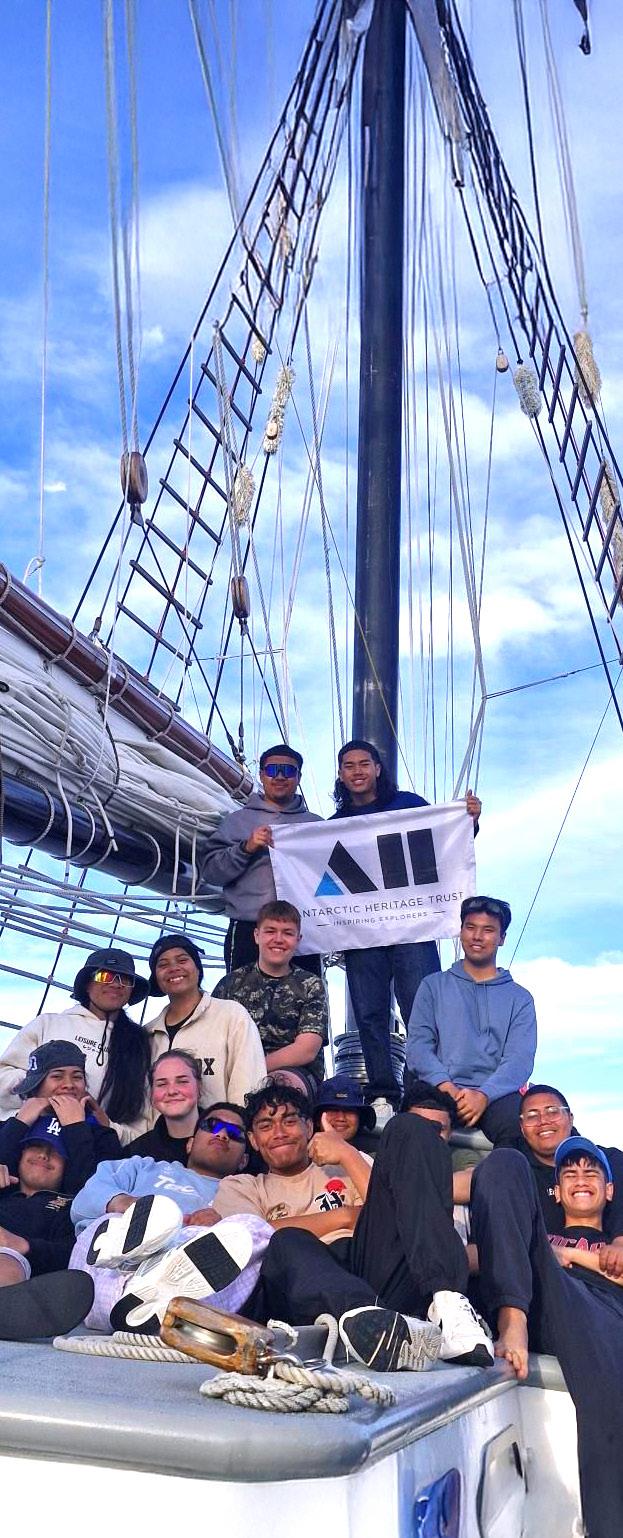
“I’m a person who is scared of heights, so at first I was scared, but also excited to overcome the challenge and give it a go.”
The programme encourages ākonga to step out of their comfort zones.
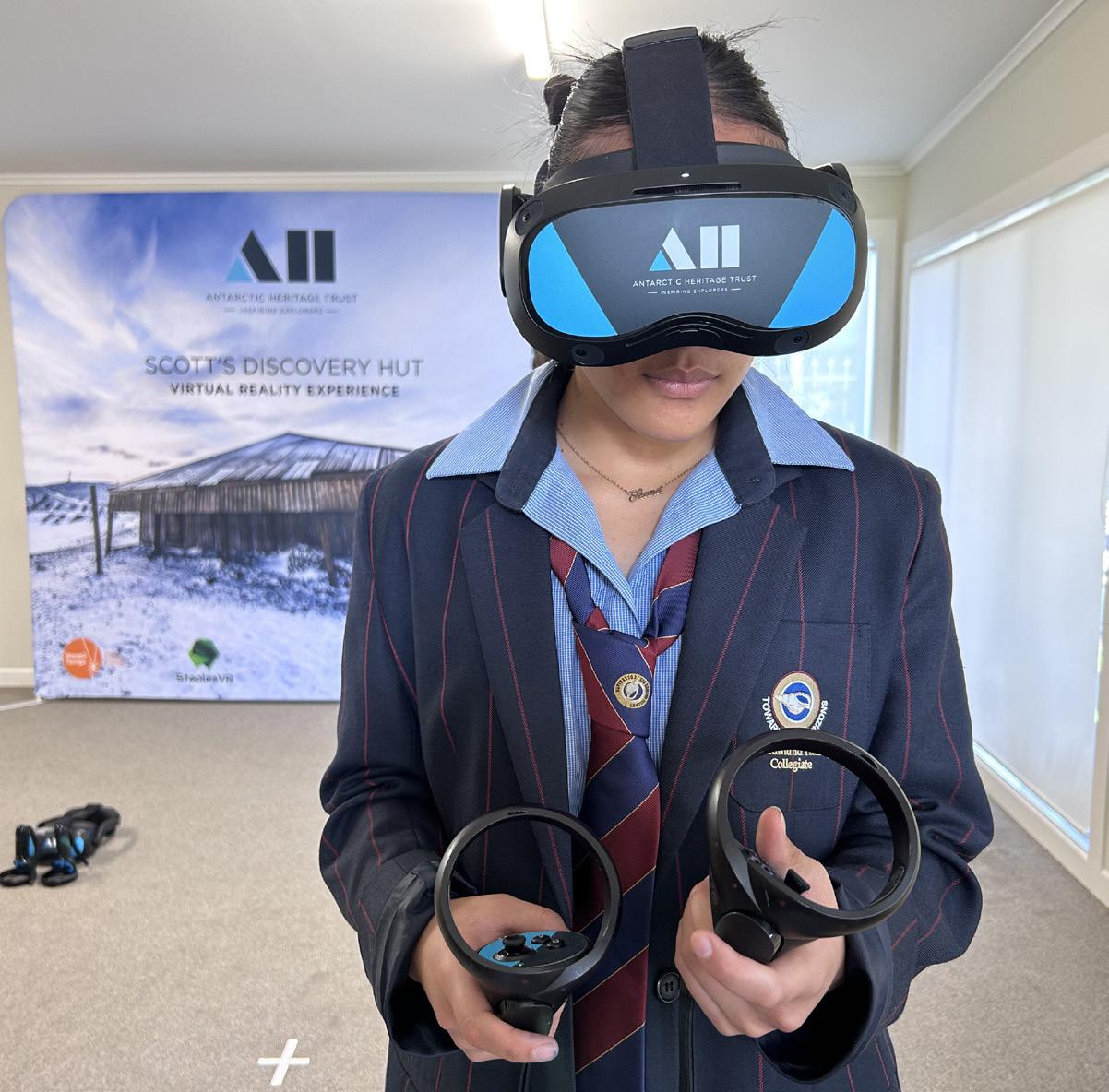
Antarctic Heritage Trust communications and engagement manager Anna Clare says the programme was free for students thanks to donors and the new partnership, which will create more opportunities for young people to step out of their comfort zone and try something new.
“We’re passionate about supporting young people from all backgrounds to get out there and explore the world. Working with Spirit of Adventure Trust, we were excited to help these students build confidence and develop their explorer mindset,” says Anna.
“We hope this partnership gets students interested in Antarctica and its history. Maybe some of them will even apply to come on our Antarctic expeditions in the future, where they can challenge themselves and grow important skills like leadership, teamwork and resilience.”
Chantelle Harper, acting CEO of Spirit of Adventure Trust, says joining forces with Antarctic Heritage Trust was a natural fit.
“For more than 50 years, Spirit of Adventure Trust has been taking young people on life-changing voyages of discovery.
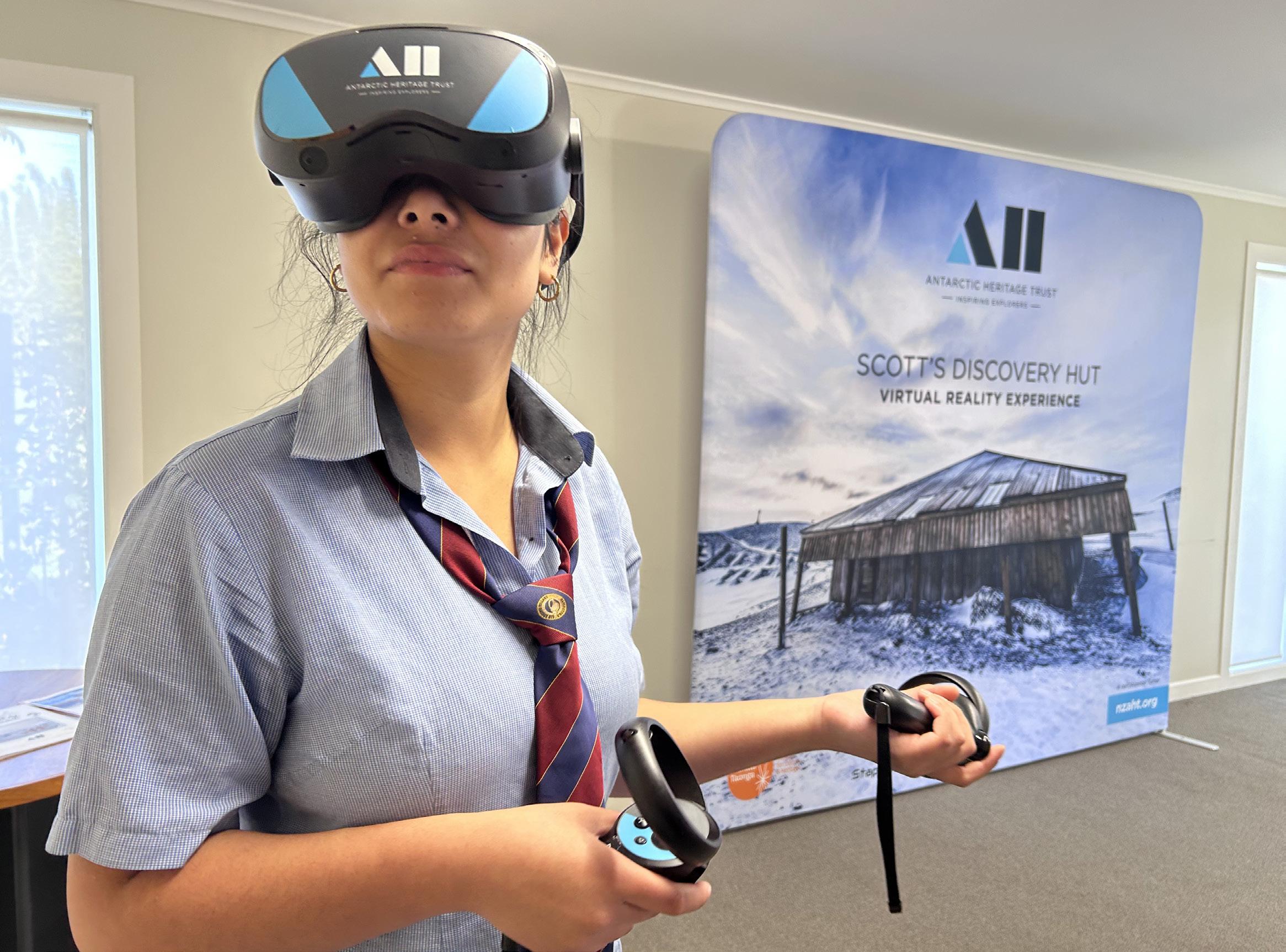
Our partnership with Antarctic Heritage Trust is creating even more opportunities for youth to broaden their horizons, push boundaries and develop as future leaders,” says Chantelle.
The next kaitiaki of Antarctica Schools that participated in the programme are part of the AIMHI network (Achievement in Multi-Cultural High Schools).
Antarctic Heritage Trust has developed a broad longterm partnership with the network over the last seven years, collaborating to deliver New Zealand-based education and expedition programmes for a range of age groups.
The Trust has also supported eight students to join their Inspiring Explorers Expeditions™ to Antarctic and subAntarctic regions, including Sir Edmund Hillary Collegiate’s head boy Kitiona, who travelled to Antarctica in January.
“By connecting the next generation with the legacy we care for in Antarctica, we hope young people will identify with it, value it, and in the future be motivated to protect it as the next kaitiaki of Antarctica’s important cultural heritage sites,” says Anna.

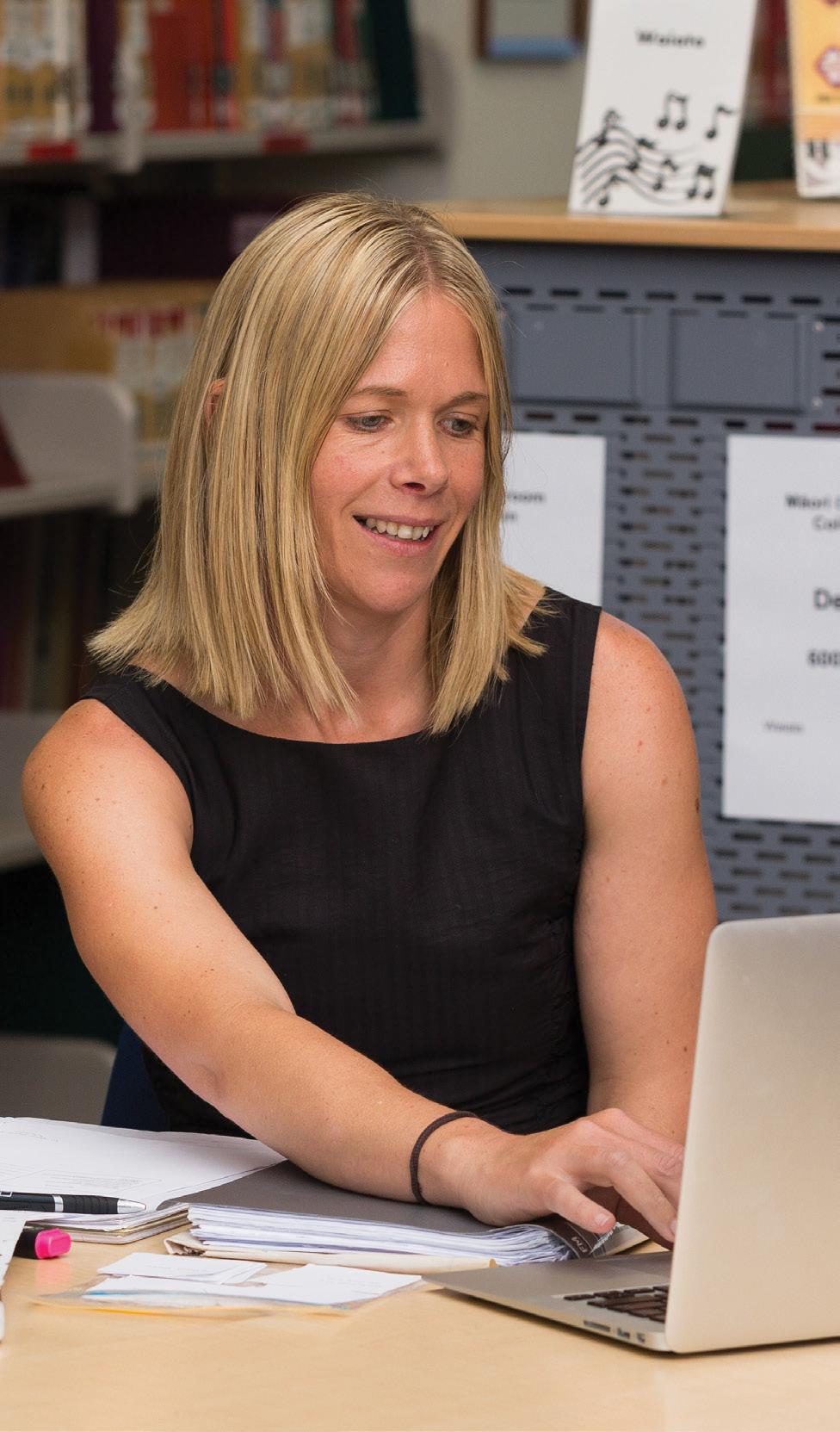
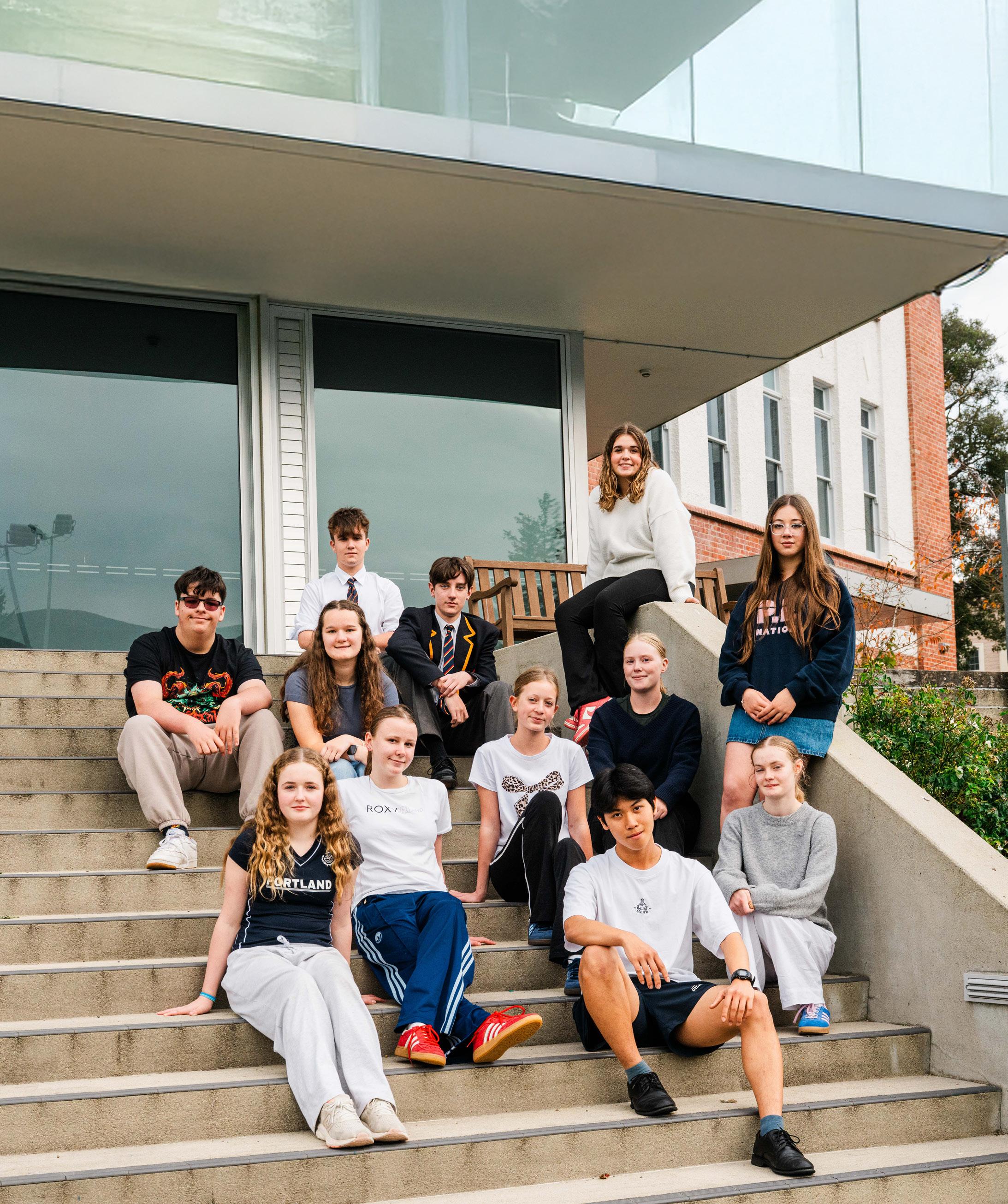
What happens when you give rangatahi the pen, the paper and the power to design the future they want to see?
That question sparked the journey that became Te Ara Tīrama: Youth Impact Network, an online platform created by young people for young people to connect, collaborate and create impact across Aotearoa. Founder Abby Golden explains.
Te Ara Tīrama began as an idea when I was still in high school. I remember feeling frustrated that leadership opportunities sometimes leaned towards a certain type of student – the confident public speakers who either put themselves forward or were shoulder tapped by teachers.
Beyond our immediate school networks, there were few chances to connect with others or create change, and leadership was framed as something individual rather than something we could build collectively.
That experience as a teen planted the seed for a more inclusive and collaborative approach. Through genuine co-design with rangatahi across Aotearoa, that seed has grown into the platform Te Ara Tīrama is today.
Plenty of opportunities for youth leadership exist, but they can be competitive, difficult to find, limited to big cities or prioritised for senior students in Years 12 and 13. If we leave it until that point to tell rangatahi they have potential, we have left it too late.
As Rosie, a student involved in the co-design process, says, “It is important for 12 to 16-year-olds to have opportunities. Real leadership roles are usually for older students, but junior students have opinions and passions too. They deserve their moment.”
“Being part of the workshop has opened the door for us to begin making positive change in areas we are passionate about.”
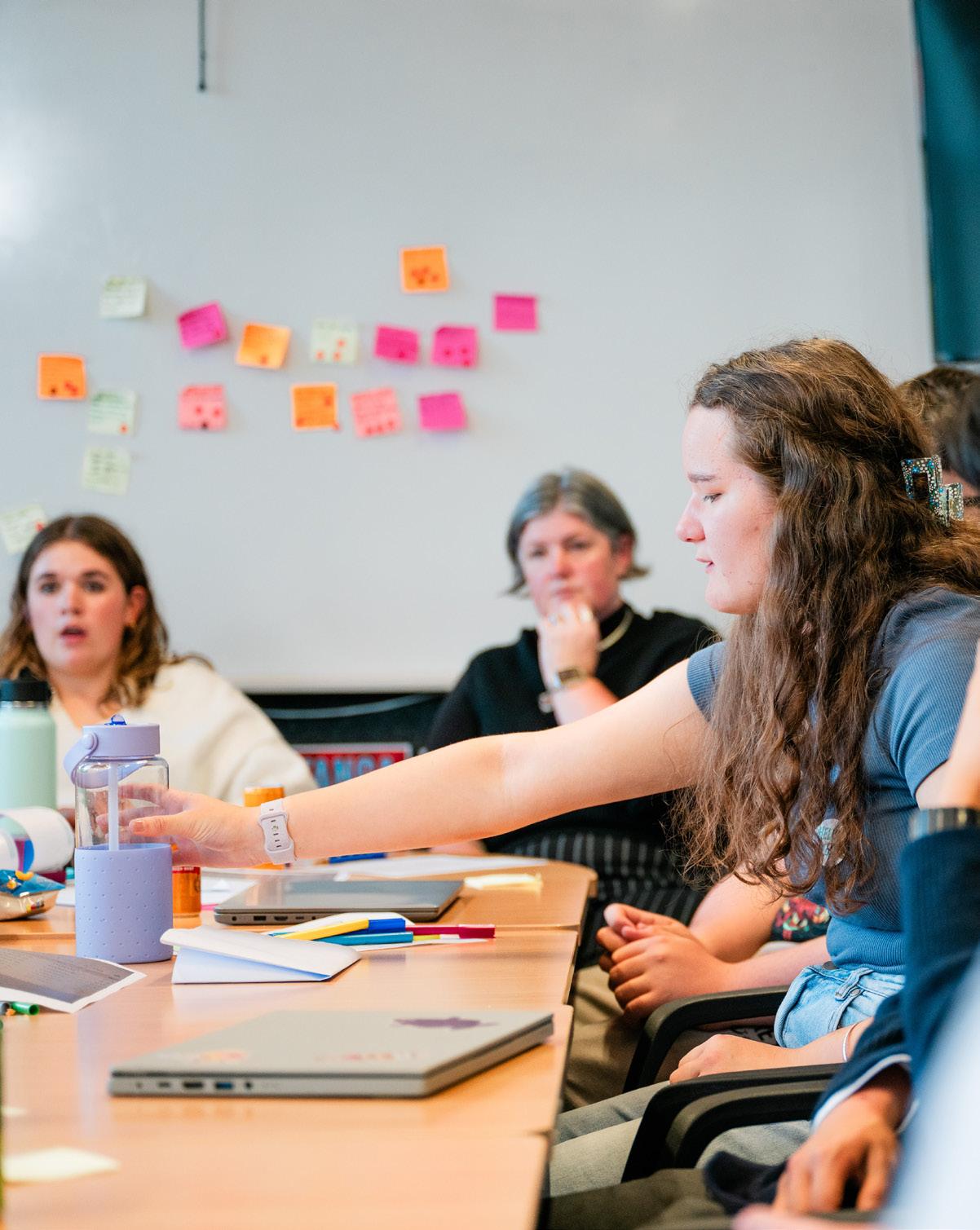
With the support of Te Rourou, One Aotearoa Foundation, Te Ara Tīrama has built a connected network where any young person, whether they are leading a climate initiative, running a cultural group or simply beginning to explore their voice, feels supported and seen.
Through the platform, rangatahi can:
» Connect with like-minded changemakers across Aotearoa
» Learn through interactive modules with tools, activities and real-world insights
» Join webinars and guest talks with inspiring community leaders
» Access project support and mentorship from experienced facilitators
» Apply for funding to turn ideas into action.
Fifteen-year-old Ashlee, who co-designed the platform, says it’s about calling the people who have ideas but might not be otherwise heard.
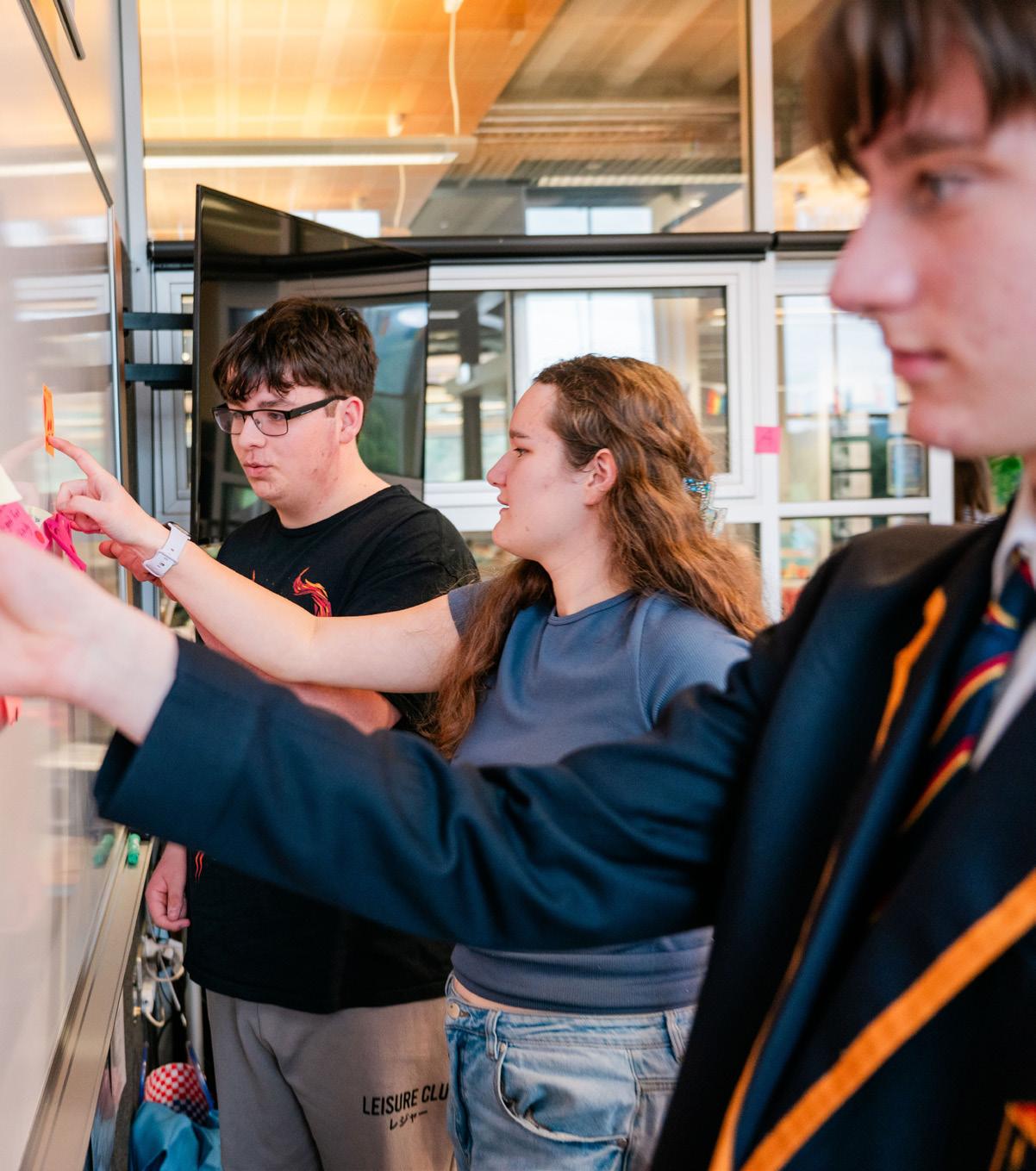

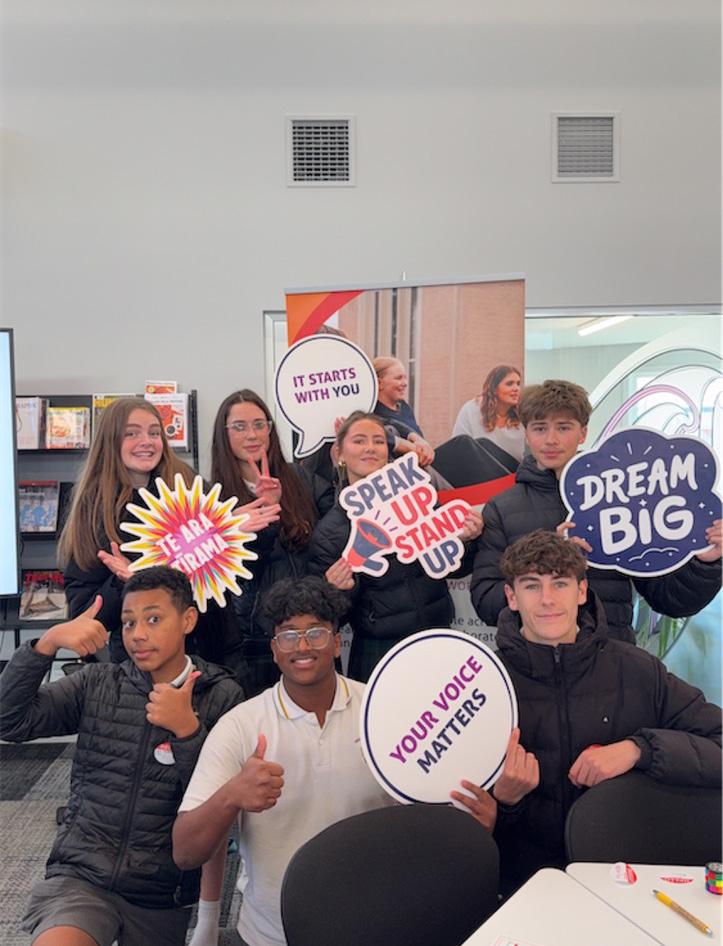
In July, partnering with Netsafe NZ, the team launched a national workshop tour. From Northland to Invercargill, more than 200 rangatahi took part in interactive sessions designed to spark ideas, build confidence and connect them with others who shared their drive to create change.
Phoebe, a student from Nayland College, attended the Nelson workshop with students from across the region.
“Hearing from guest speaker Nate Wilbourne, a 17-yearold climate activist, was so inspiring. The day gave us new ways to use our voices and take action for causes we care about.”
The workshops encouraged students to think critically about real-world issues, relate to others through shared experiences, and take active steps toward their own impact projects.
For many the feedback was simple but powerful: “It was nice to have my voice heard.”
Leadership in schools can often mean roles like head student or prefect. These are valuable, but they are not the only way to grow as a changemaker. It can look like a Year 10 student starting a peer wellbeing group or a more reserved student launching an environmental project in their backyard.
Te Ara Tīrama works to plant the seeds earlier, giving students the belief and the skills to act long before they are told it is their turn to lead.
Educators are central to this kaupapa. Bringing Te Ara Tīrama into the classroom helps students recognise their potential earlier, access a network of peers and mentors, and build the skills, confidence and resources to make real change.
Engaging with the platform supports key competencies in the New Zealand Curriculum, including Managing Self, Participating and Contributing, and Relating to Others.
A teacher resource pack is in the works to make integration simple, with ready-to-use activities, discussion prompts and pathways for students to engage with the Youth Impact Network both inside and outside school.
From its beginnings as a high school idea to a national platform co-designed with young people, Te Ara Tīrama has stayed true to its vision of supporting every rangatahi to lead in their own way.
Phoebe sums it up: “Being part of the workshop has opened the door for us to begin making positive change in areas we are passionate about.”
To learn more, connect your students, and be among the first to access the free teacher resource pack, visit tearatirama.org.nz.
Together, we can empower rangatahi to pick up the pen and write the future they believe in.
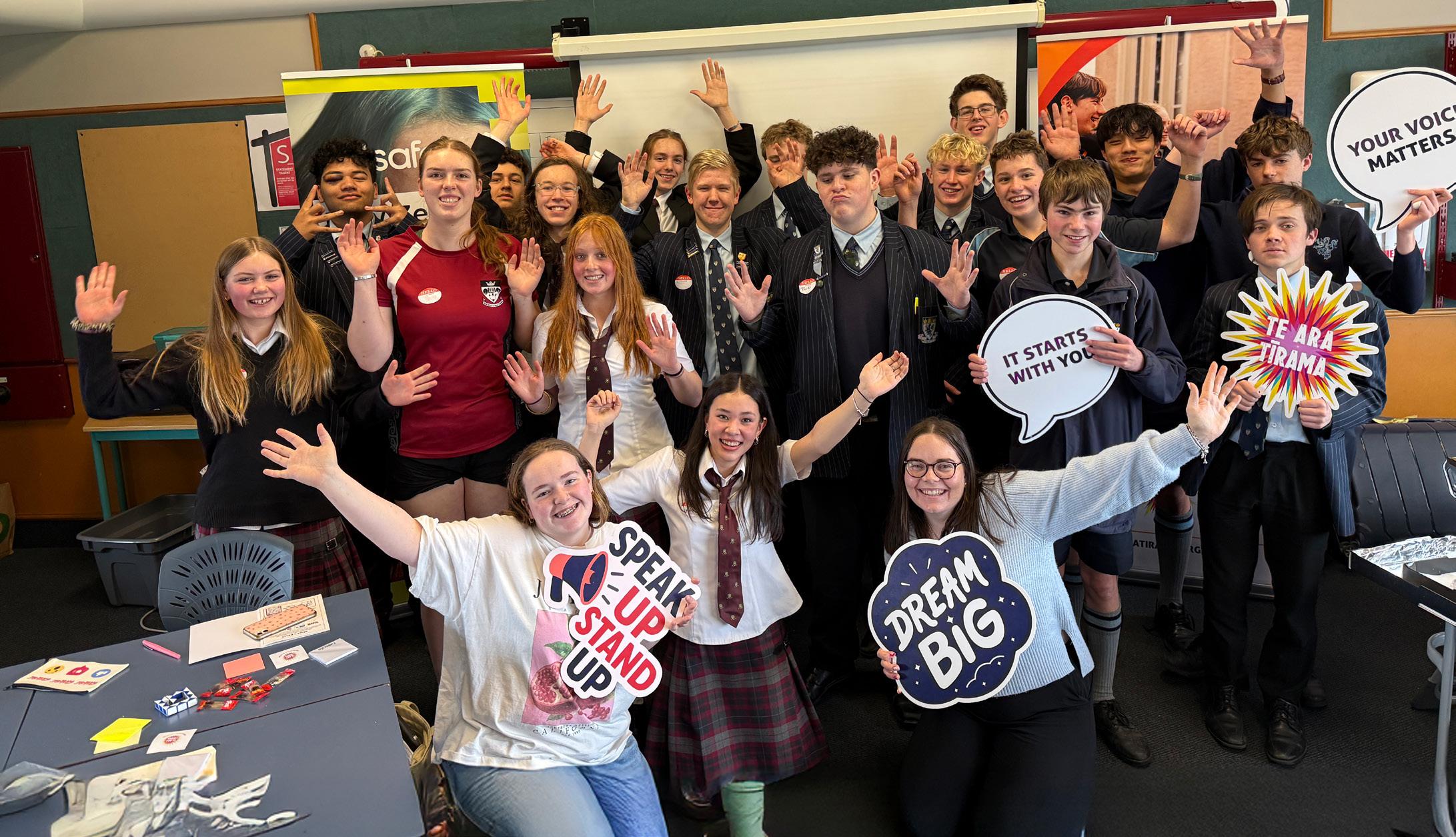

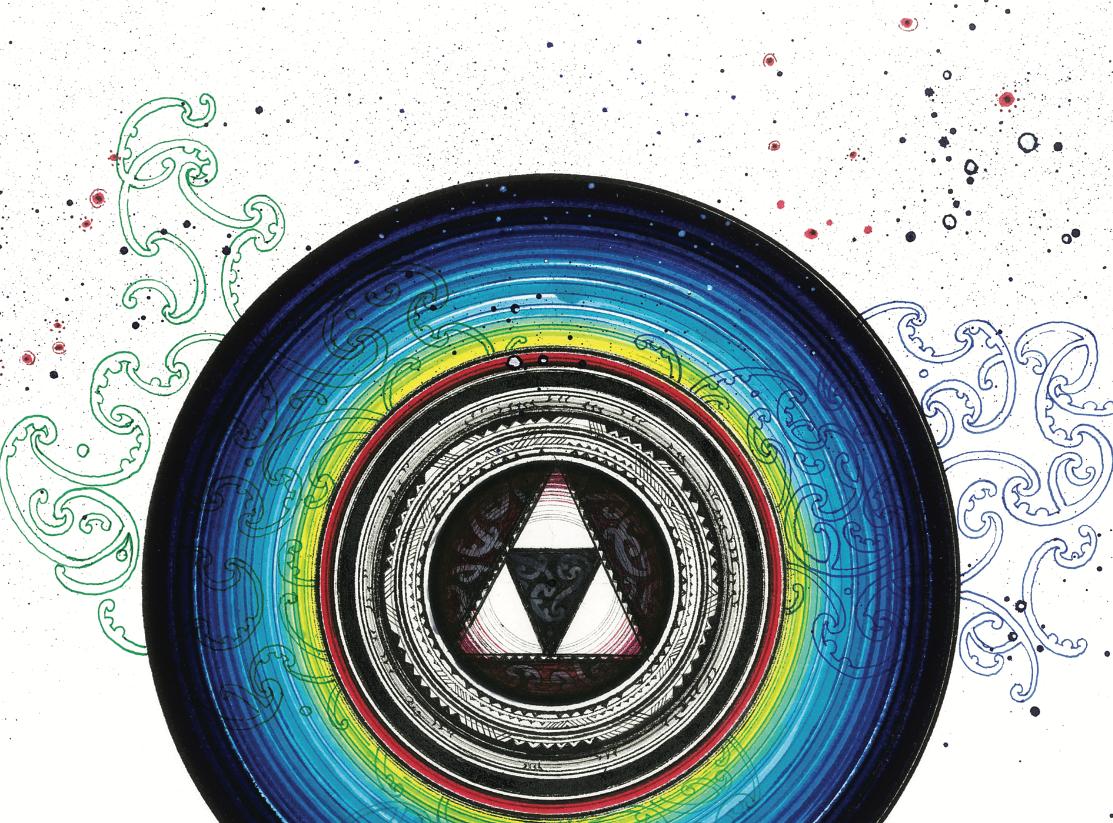
This two-term course offers a structured, culturally responsive approach to professional growth. It equips educators to meet the 2026 Teaching Standards, honour Te Tiriti o Waitangi, and improve outcomes for all learners through research, reflection, and collaboration.
Auckland | Wellington | Online
Starts term one and term three 2026
Two one-day workshops and three Communities of Practice sessions
Find out more and register at www.evaluate.co.nz/courses/niho-taniwha-turning-evidence-into-action
Earlier this year, four New Zealand teams and their self-built underwater remotely operated vehicles competed at an invitation-only engineering and underwater robotics challenge in America. Team Orca from Marlborough Boys’ College in Blenheim, where Aquabots is part of the junior science curriculum, tells Education Gazette about their experience.
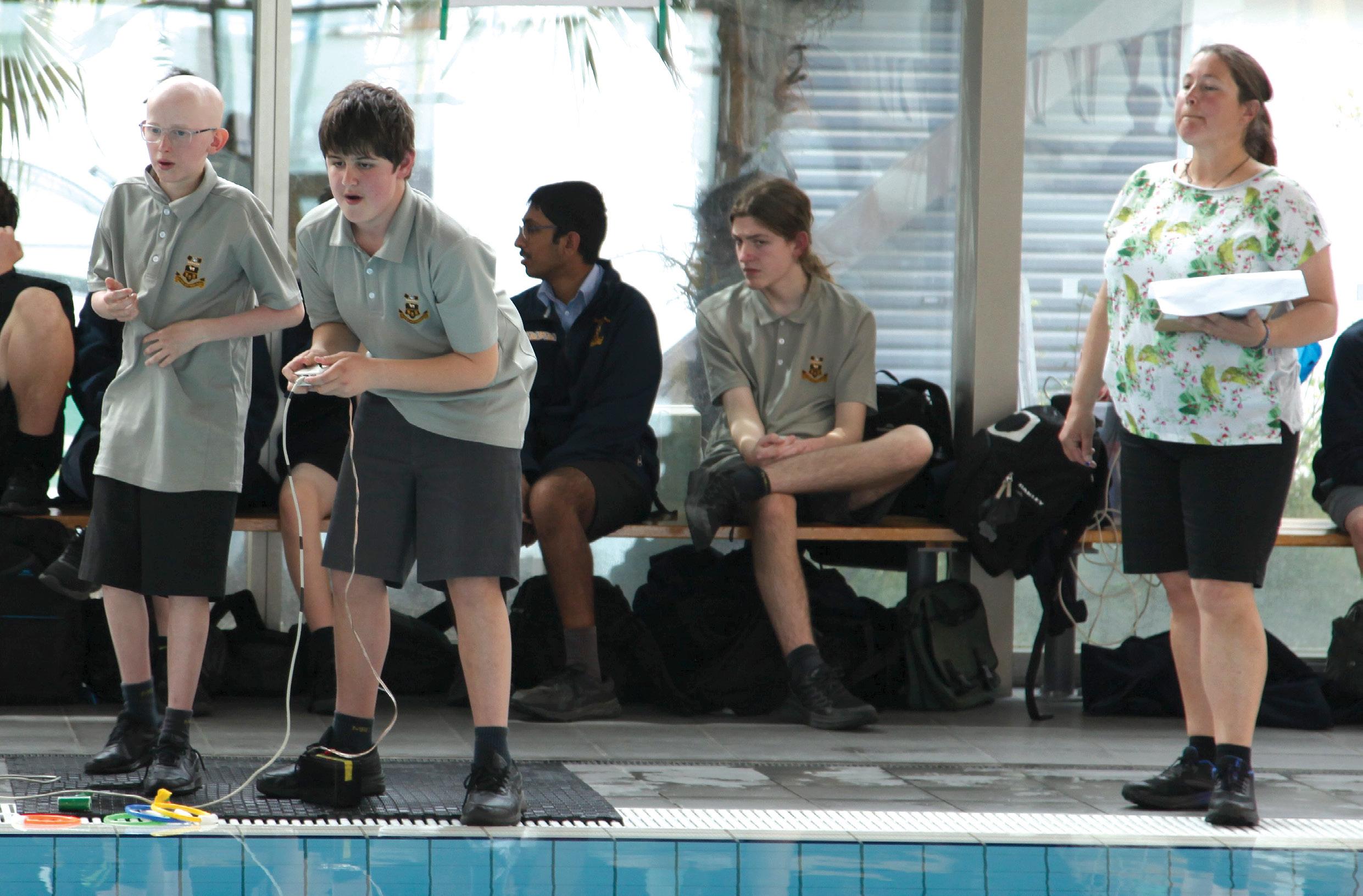

We are Tāna, Sam and Luke. We are students at Marlborough Boys’ College. Our Aquabots team, ‘Team Orca’, competed at the international SeaPerch underwater robotics and engineering competition in America.
The competition was held on 31 May and 1 June at the University of Maryland, near Washington DC, and had 180 other international teams. Our self-built remotely operated vehicle (ROV) went up against 75 teams in the middle school category. We came 10th in our category and scored the highest of the Kiwi teams.
Our Aquabot had to complete obstacle courses and complete tasks like lifting and retrieving items underwater with self-designed hooks, which required precision in buoyancy and hydrodynamics, as well as skilled driving.
At the beginning of term 3 2024, we designed, built and tested an Aquabot for the Marlborough regional competition. Our science teacher, Katharine Davis, ran the Aquabots programme at school.
Not only did we have to build an Aquabot, but we also had to make a presentation explaining how we designed it. The presentation is a verbal one and can take a lot of preparation. We also had to log what we did to the ROV each day.
At regionals, we scored max points and came first. Then we only had six weeks to prepare and fundraise for the national competition in Auckland. We also had to write a step-by-step technical report on how we designed the Aquabot. The judges want to know exactly how we got to where we are now and our test results.
We kept the same design for our ROV as we prepared for the national competition; however, our 3D printed hooks weren’t as strong and effective as we thought they would be. So, like the good engineers we are, we redesigned them. We had about 10 differently designed hooks. We tried using barbeque skewers and we tried to 3D print a U-shaped hook. In the end, we came up with a long stick with a barb that poked through.
This competition also had a secret challenge that we couldn’t design and prepare a solution for until the night before.
At prizegiving, we came first in four parts of the competition, and second overall.
Back in Blenheim, we discovered we could compete at the international SeaPerch competition at the University of Maryland near Washington DC, America.
We had a lot of preparing and fundraising to do. We picked and sold pinecones, cut and stacked firewood, held raffles, sausage sizzles and a quiz night and applied for grants from multiple community groups. We also asked for sponsorship. We were very much supported by our generous Marlborough community.

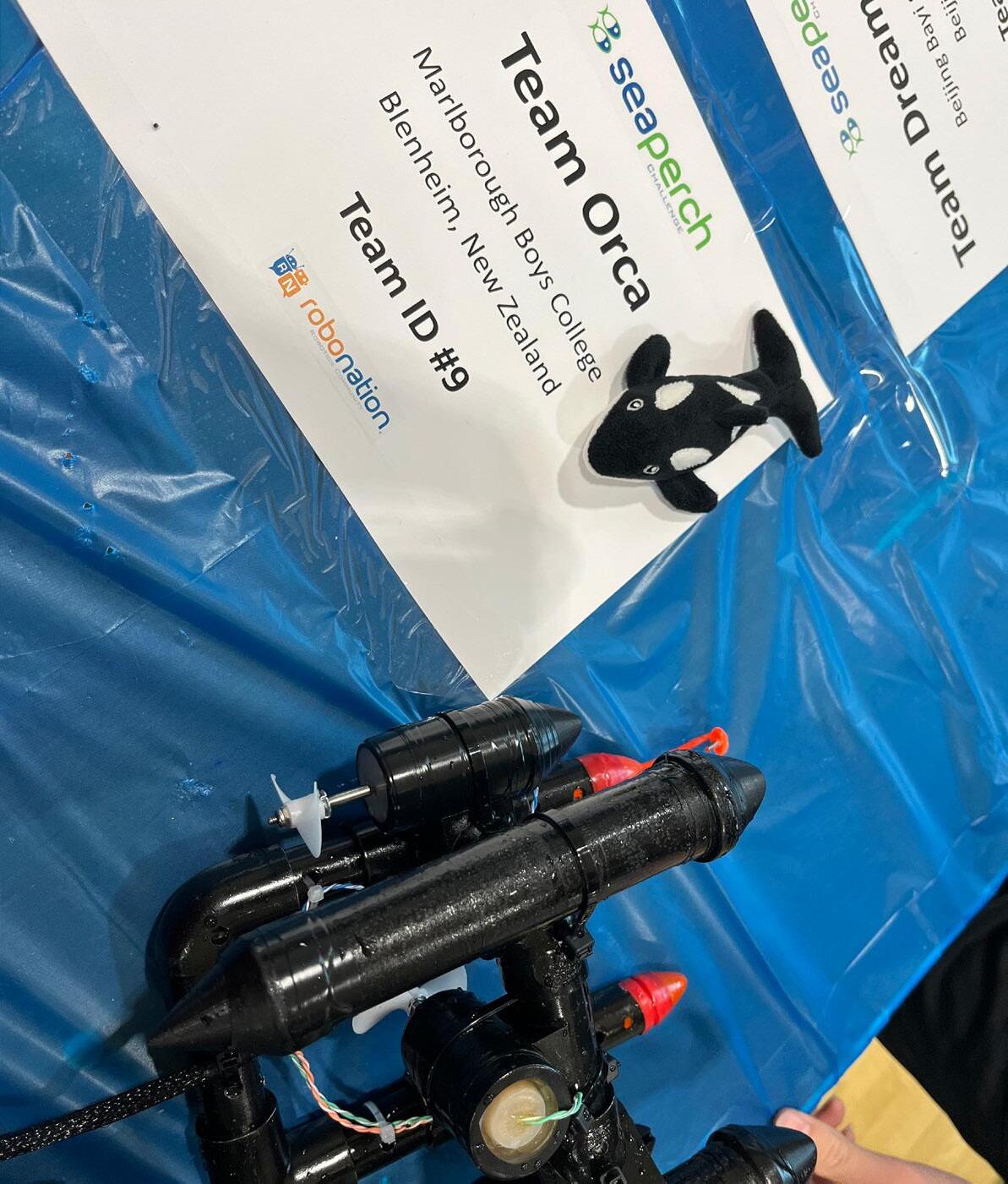




“This was not the same course we had trained on in New Zealand. We found out later the organisers decided to change it at the last minute to make the course more challenging.”
While in Washington DC, we got to go on a ‘hop on hop off’ bus tour around the different memorials and famous buildings. We got to learn about the different presidents of the US and what they did.
We were also able to go into some American supermarkets and shops and got to try some staple American foods which contained a surprising amount of calories.
Other awesome places we got the opportunity to go to were the Smithsonian Natural History, American History and Air and Space museums, which were enormous in both information and size. We got to experience being in the cockpit of a Boeing 747 and learning about different ways of using flight controls in a cool demonstration. The people who worked there were extremely nice and enjoyed talking about the different things they had going

on and helped us understand the fundamentals of flight and space as well.
Other than the competition, we were most excited about going to the NASA Johnson Space Center in Houston, Texas. We got to see a replica of the International Space Station (ISS), learn about who was going to the moon next, and even touch a piece of the moon and Mars.
Our time in America was and is indescribable as it was a completely different and unique experience. It raised our spirits for success and got us kickstarted on a way to multiple engineering careers and helped us learn both about water and engineering but also about fundraising and meeting new people.
The NZAquaBots programme is run by the Ministry of Inspiration, a charity which provides STEAMbased learning for children nationwide. Aquabots are remote-control vehicles (ROVs) built and designed to perform underwater challenges such as a timed obstacle course and removing and retrieving items.
Ākonga learn engineering concepts and hone skills in problem solving, teamwork, scientific communication and technical applications.
Each year, regional and national NZAquaBots competitions are held where participants can qualify for the SeaPerch competition in America.
Ministry of Inspiration NZAquaBots
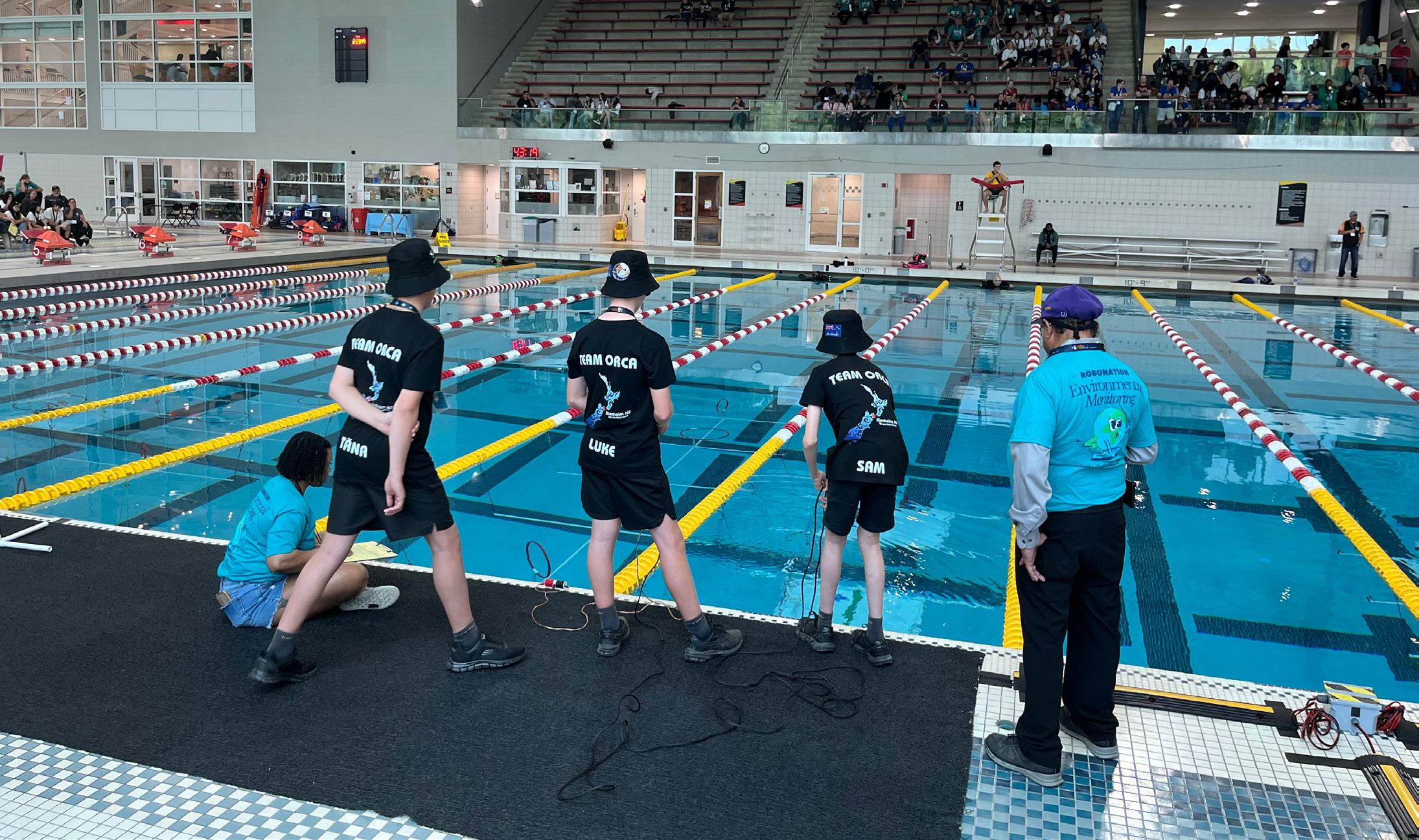
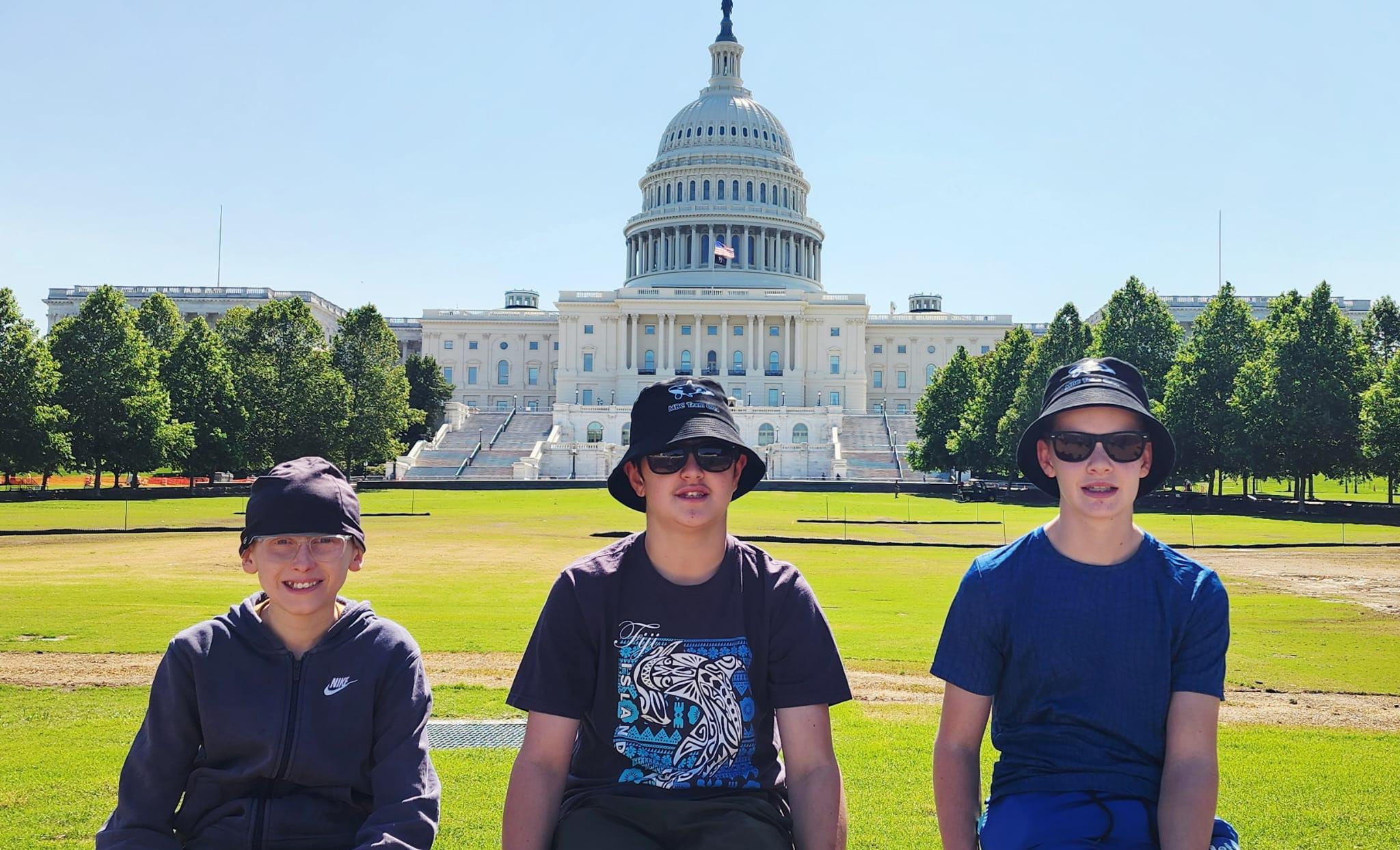
Project K, an alternative education programme created by the Graeme Dingle Foundation, is improving secondary school attendance across Tauranga and beyond. Emily Robinson, a participating student from Mount Maunganui College, shares her inspiring success story.
When Emily looks back on Year 10, she remembers how hard it was to simply show up.
“Before Project K, I missed classes quite a bit. In time, I probably would have left school and opted for a course,” recalls Emily.
A few years ago, Emily had lost her beloved father, and the weight of the grief made school feel even harder. Yet, when the opportunity came to join Project K, she signed up – drawn to the idea of learning through real-world experiences.
Challenge with care
Project K is a 14-month, research-based programme for Year 10 students that combines three key elements: outdoor adventure, community service, and one-to-one mentoring.
Its philosophy is simple – pair challenge with care so young people can find their confidence, purpose and motivation to stay engaged in school.
Dan Allen-Gordon, founder of the Graeme Dingle Foundation in the Western Bay of Plenty, has supported Project K in Tauranga for nearly two decades. He says Emily’s story reflects a common challenge in schools for rangatahi.
“Year 10 can be a rocky time. Young people face a lot –anxiety, peer dynamics, things at home. Our job is to help them, so school starts to make sense again as they step into young adulthood.”
Learning by doing
Emily’s group in Project K began with three weeks in the wilderness, followed by a residential community challenge and a year of mentoring.
“The adventure part really woke me up,” says Emily.
“We did a seven-day canoeing journey and lived out of what we could carry. Being completely disconnected from the world made me realise I could do things on my own. It pushed my boundaries and gave me independence.”

Emily speaking at the Project K programme graduation at Mount Maunganui College in 2023.
“It was one of the most lifechanging experiences. It gave me confidence, purpose and people in my corner.”
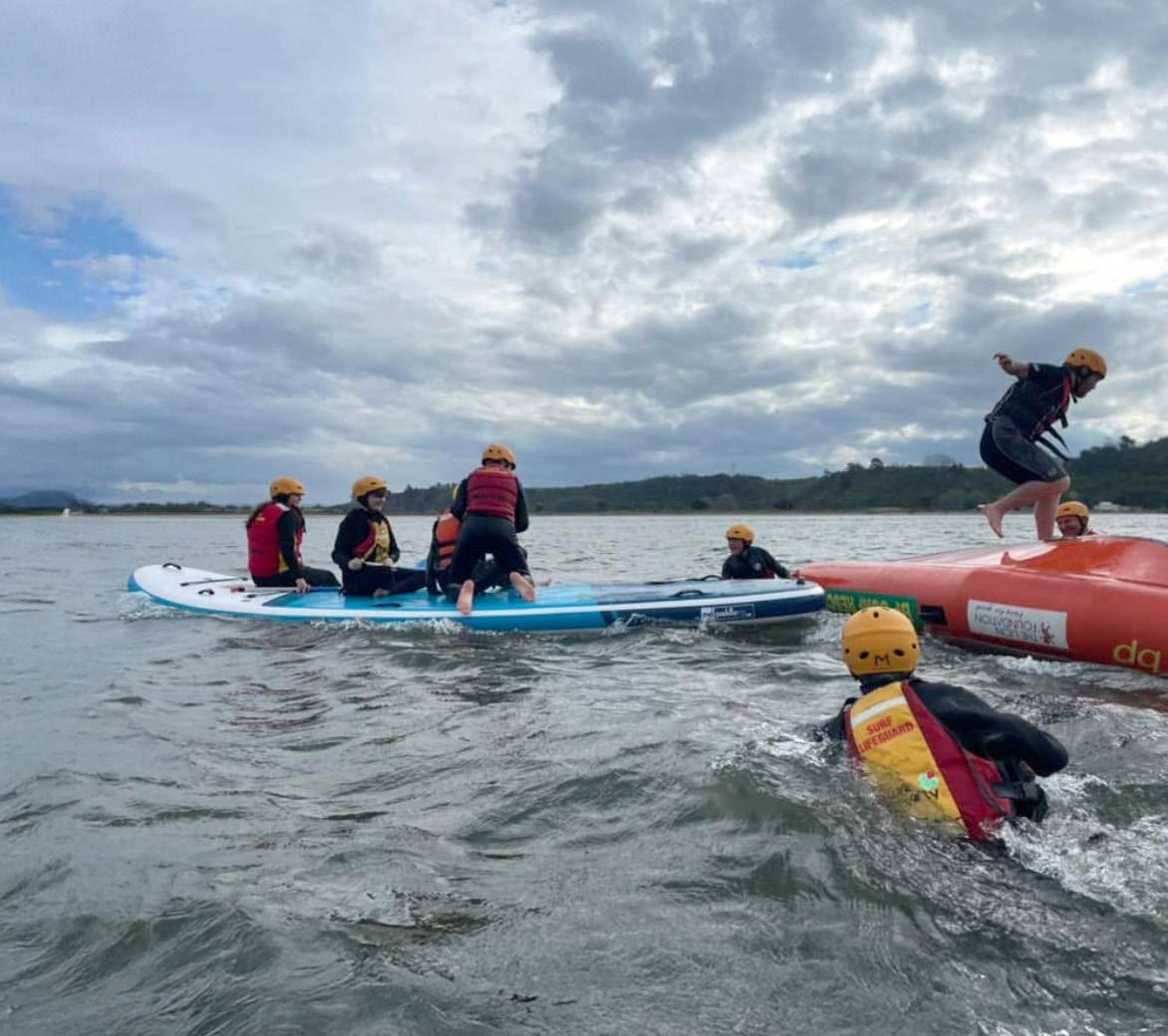
was heavy, feeding into what I needed most – understanding –especially around attendance.”
“Project K will stay with me for life,” reflects Emily.
“My advice to anyone offered a place? Just do it. It was one of the most life-changing experiences. It gave me confidence, purpose and people in my corner.”
Dan sums up her journey: “Emily found her spark, then kept feeding it – turning up, setting goals, working hard. She is an inspiring example for rangatahi.”
For Emily, the simplest measure of success might be the one she struggled with most at the start, sharing with hope in her voice: “I want to go to school now. I see it is the key to my future and my why.”
When asked what her ‘why’ is, she says: “I want to be successful, make my mum proud and study nursing and midwifery to help families live happy, healthy lives.”
Currently, Emily is weighing up her university options outside of her beach town, either in Auckland or over the ditch.
The Graeme Dingle Foundation has been delivering strong alternative education outcomes across Aotearoa since the 1990s. The foundation now aims to extend its programmes to reach at least 500 young people nationwide each year.
At present, the foundation’s secondary school partners are Mount Maunganui College, Otūmoetai College, Te Puke High School and Katikati College.
Alastair Sinton, principal at Mount Maunganui College, says Project K is part of the area’s DNA.
“We have partnered with the Graeme Dingle Foundation for more than a decade. The ripple effect for students? Stronger connection to themselves, their peers, their future options –resetting their compass at a time where they are circling the storms of adolescence, so they can find their ‘why’.”
To learn more about Project K, visit the Graeme Dingle Foundation website.
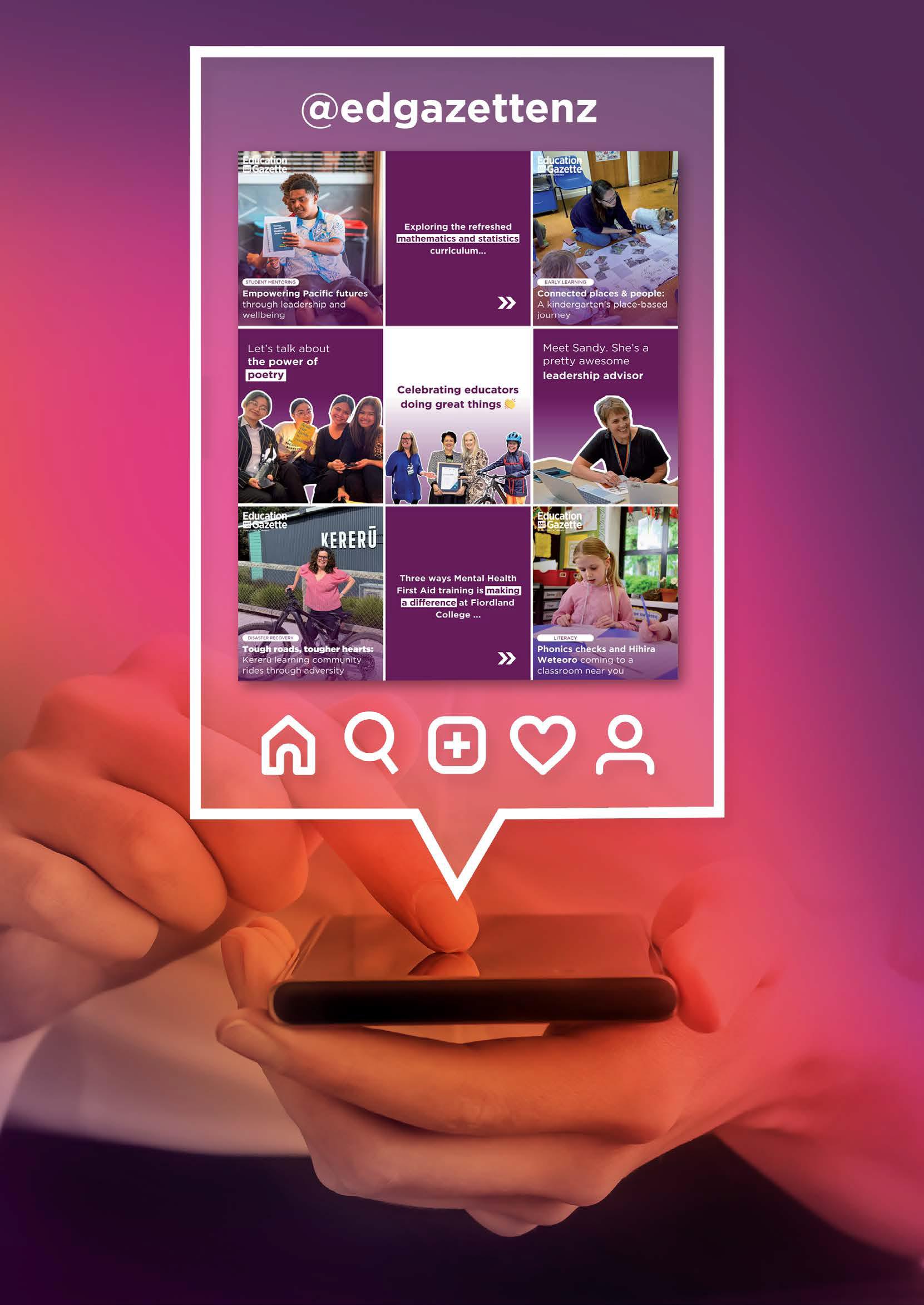

Pick Napier for your next school camp.
Experience a range of quality education programmes, plus activities within walking distance of each other.
Stay at Kennedy Park Resort, Hawke’s Bay’s largest accommodation provider, with flexible room options, self-catering facilities, a heated pool, free WiFi, and spacious outdoor areas.

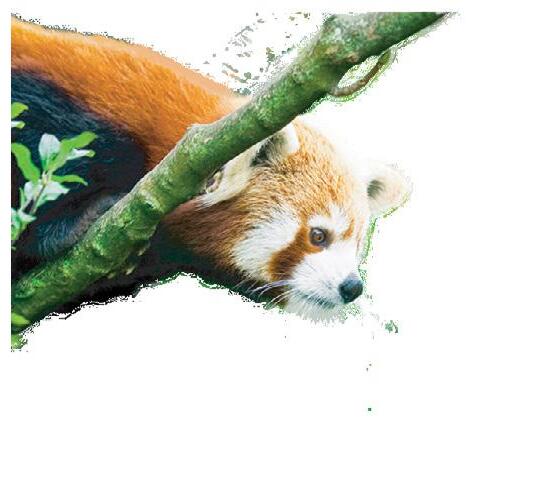

Te Nukuao Wellington Zoo’s experienced educators bring the curriculum to life with hands-on workshops which spark curiosity, deepen understanding, and create memories your ākonga will never forget.
Learning topics include Mātauranga Māori, Climate Action & Sustainability and Primate Evolution, with workshops available from ECE through Years 1-13.
Visit wellingtonzoo.com to book your visit today
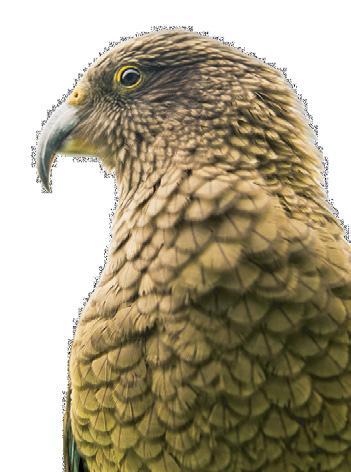

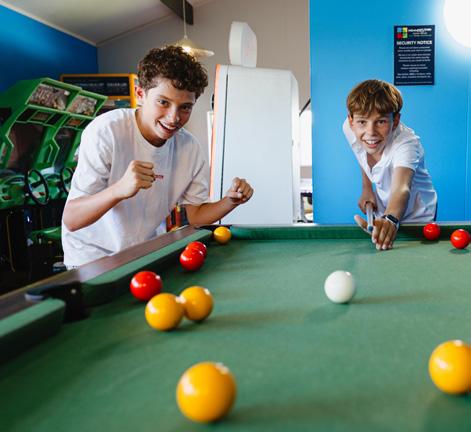
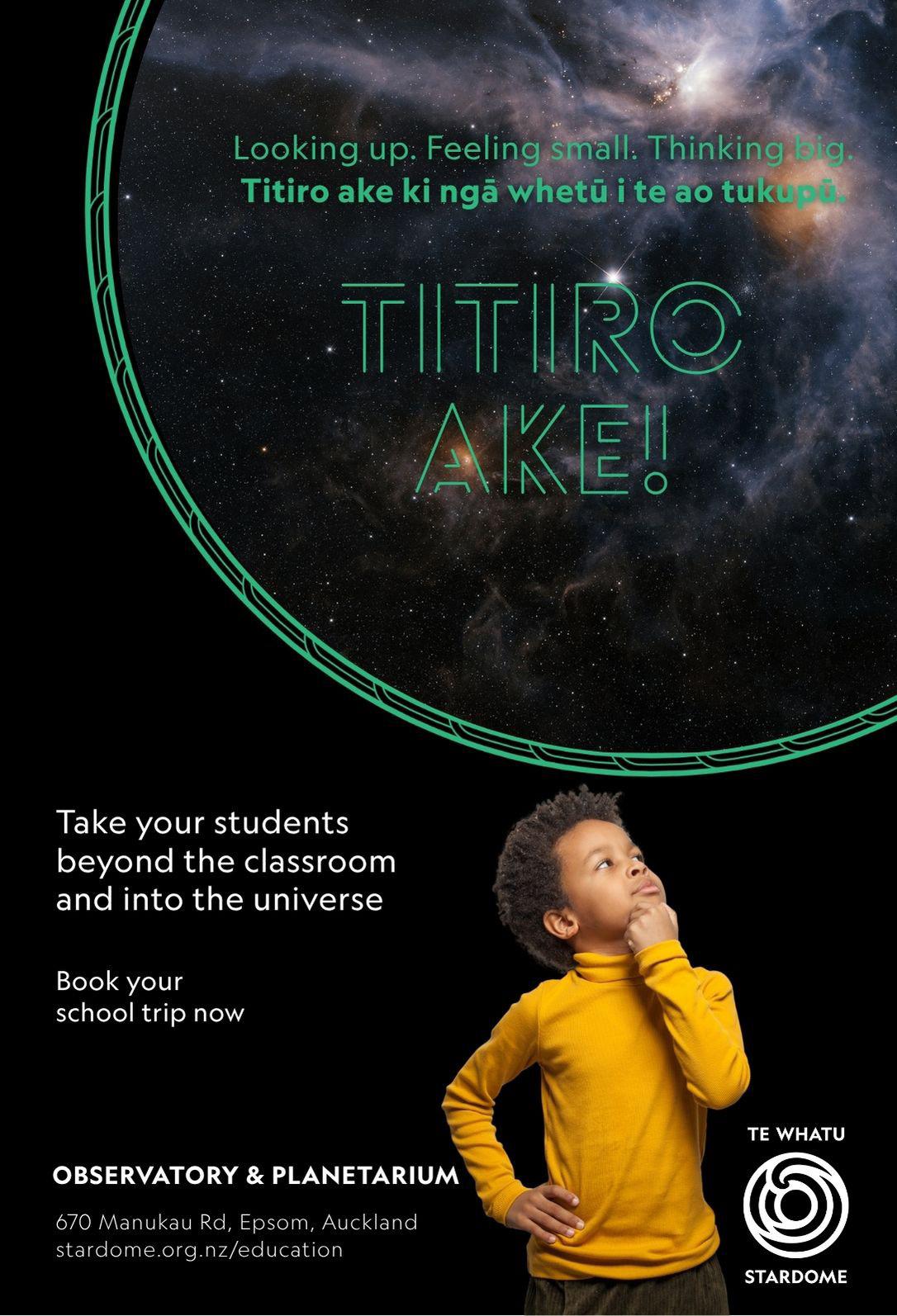
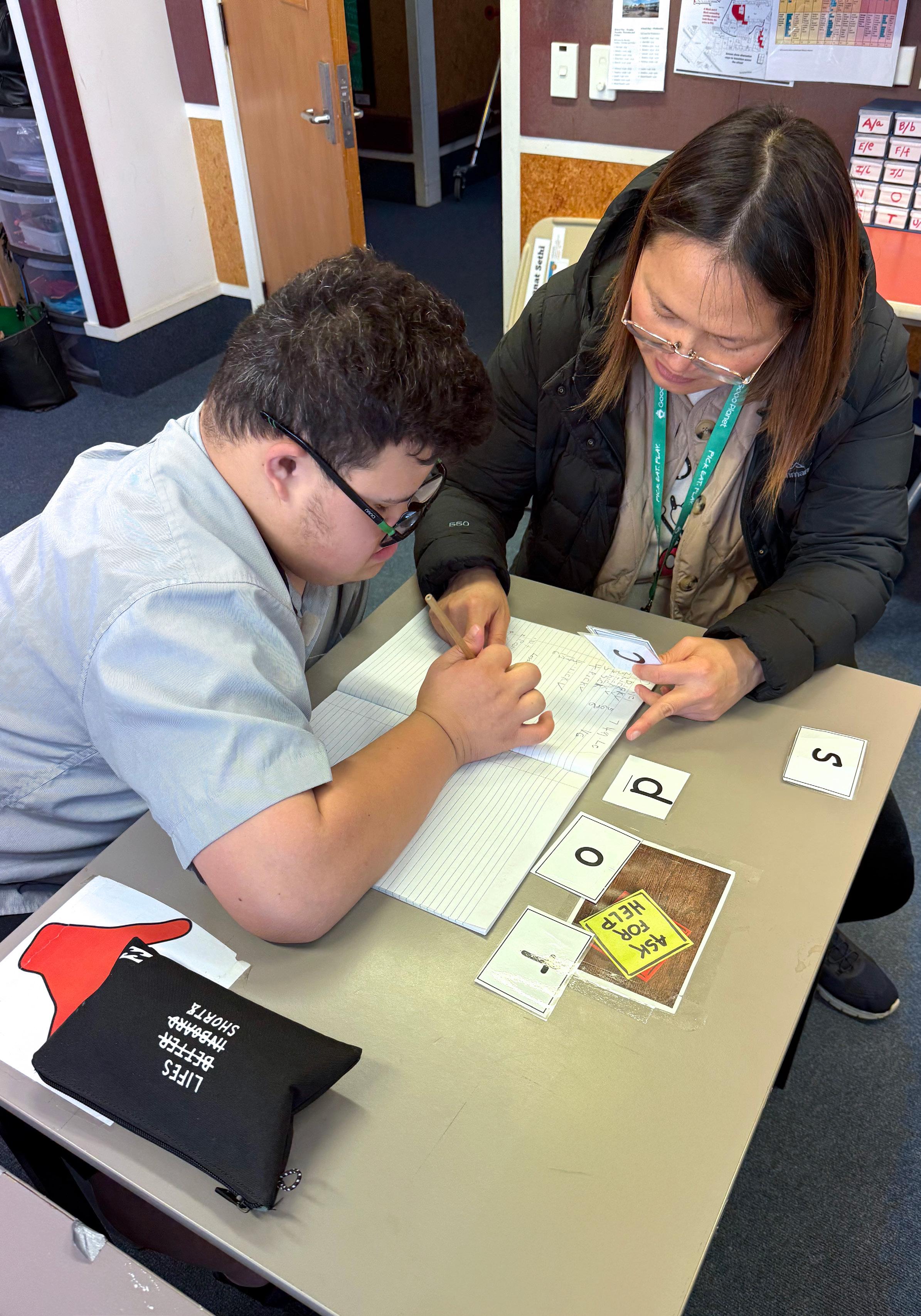
The MacLean Centre at Mount Roskill Grammar School in Tāmaki Makaurau | Auckland provides transformative specialist support for ākonga with the highest levels of ongoing needs in learning, hearing, vision, physical assistance and social communication.
At the heart of Mount Roskill Grammar School, the MacLean Centre is a shining example of what inclusive education can look like in Aotearoa.
Established in 1977 as a small support unit for students with physical disabilities, the centre has since grown into a highly personalised and collaborative learning hub. It now supports 53 students with a wide spectrum of physical, learning and neurodiverse needs within the school’s total cohort of 1,900 students.
Today, the MacLean Centre embodies the school’s core values: manaakitanga (everyone matters), tūmanakotanga (striving for success), and whanaungatanga (connection). Under the leadership of Debra Shiers, the centre has become a national example of evidence-based practice, individualised learning and an inclusive school culture.
Every student at the centre has a personalised timetable reflecting their strengths, challenges and aspirations.
“Some of the students are fully mainstreamed and only come to us for physio or occupational therapy. Others require
full-time support within the centre. Most are somewhere in between,” explains Debra.
Timetabling for participation is flexible and student-led. Debra explains that some students take NCEA subjects alongside their peers and others attend form class before returning to the centre for tailored learning. All students participate in whole-school events like athletics and swimming carnivals.
This approach to participation begins with annual collaborative planning meetings – a reimagining of traditional Individual Education Plans.
Families co-develop goals with teachers, therapists and support staff using a holistic framework called the F-words for Child Development: Function, Family, Fitness, Fun, Friendship and Future.
“We use a visual colour wheel for families to map out where their child is now and where they want to go. From there, we set goals that are realistic, measurable and meaningful.
“That might be university, independent living or developing social communication skills. Every goal matters,” says Debra.
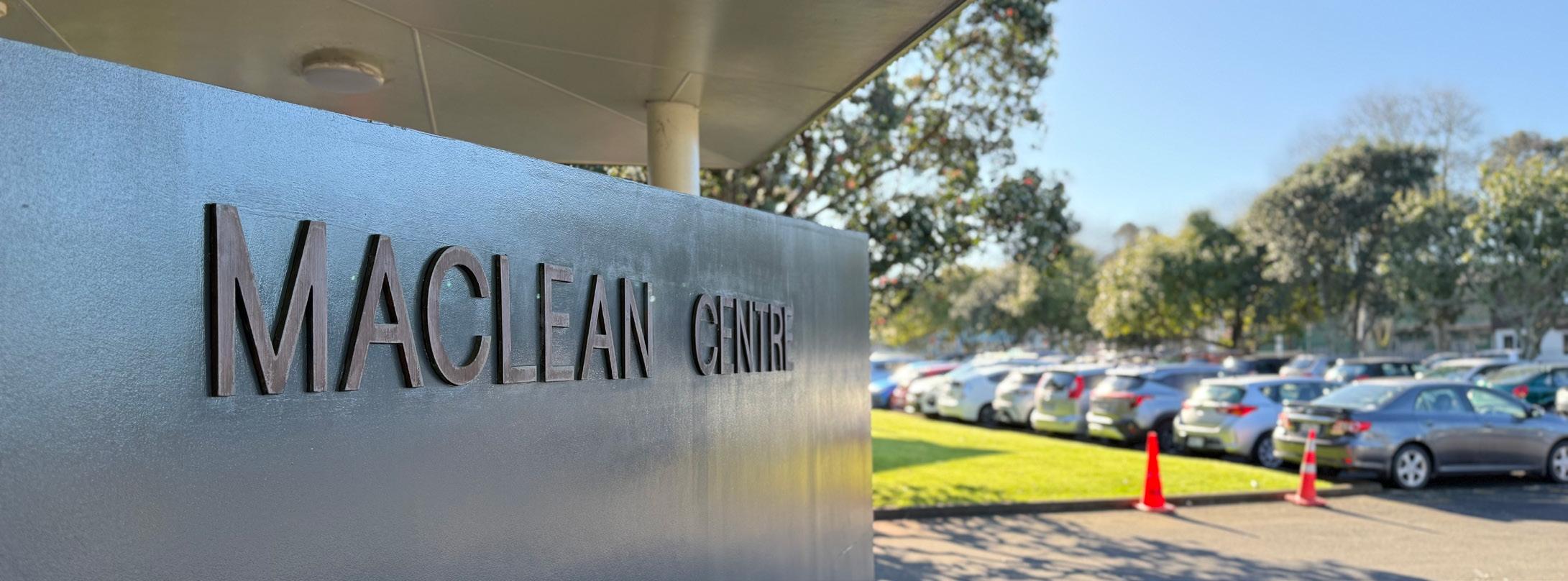

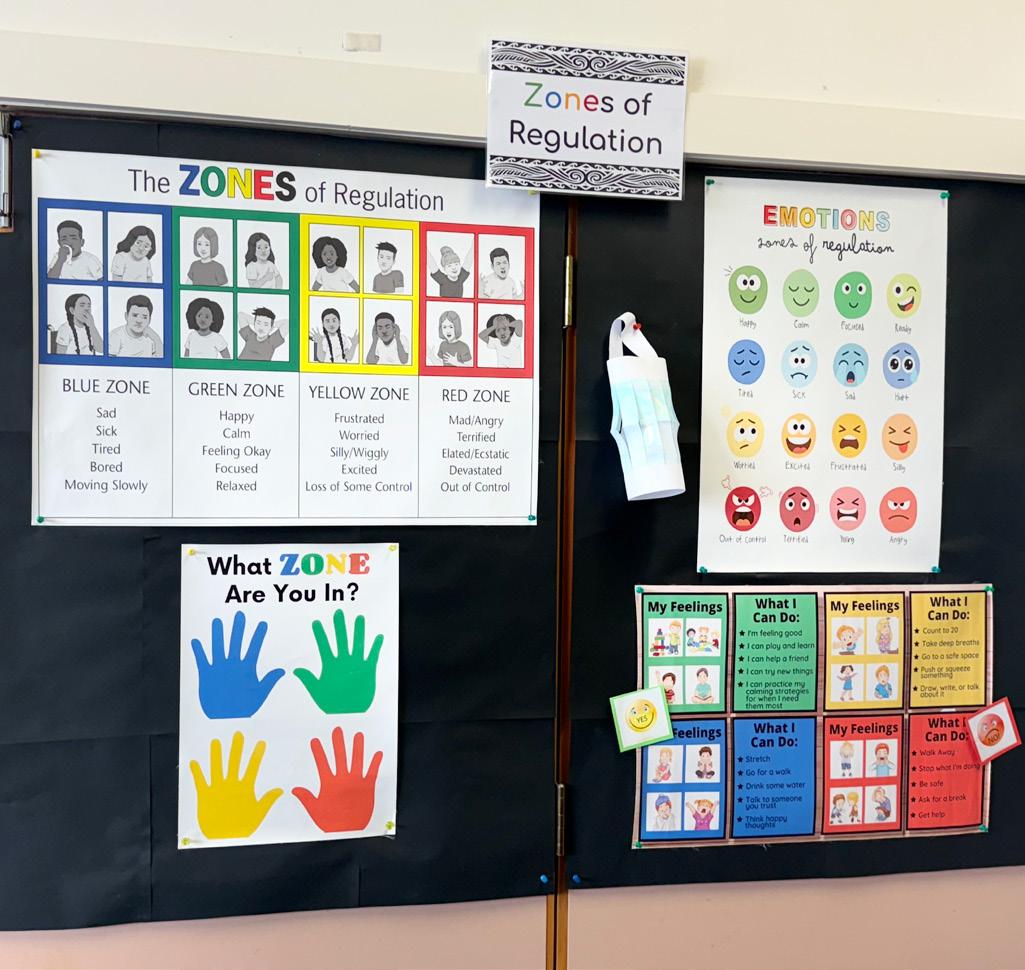

The collaborative framework not only guides learning, but it also enables responsive adjustments to complex learning needs.
“For example, a student with cerebral palsy who has very limited mobility had to be turned around by his father multiple times in the night to enable comfortable sleep. Through our physiotherapy programme, this was significantly reduced enabling the student to be less tired and able to engage more fully in school life. This is the life-altering result of the MacLean Centre,” says Debra.
Therapists, teachers and aides regularly meet to refine education programmes tailored to individual student progress and their changing needs. Speech language therapists focus on developing age-appropriate literacy materials, and teacher aides focus on supporting teachers to tailor classroom support.
“Support plans – not behaviour plans – are used to address the complex challenges of learners with the highest levels of ongoing need.
“We assume every student wants to succeed. We see it as our job to identify and remove their physical, psychological and emotional barriers to learning.”
The centre operates as a collaborative ecosystem. With six teachers, three therapists, 14 teacher aides and a network of specialists – including a music therapist and educational psychologist – collaboration is constant and intentional.
Multiple layers of meetings take place across the centre’s support staff: full staff gatherings, class-specific check-ins, therapy coordination, and team leader sessions.
Debra credits the school’s tiered aide structure, which empowers experienced aides to lead and mentor others, as a game-changer.
And just as importantly, the students are not segregated. “There is no ‘them and us’ here,” says Debra.
“Our students with complex needs are supported to take part in school life like everybody else. This normalises inclusion and breaks down stigma. To connect with the centre, prefects frequently volunteer during their breaks.”
For many parents, the MacLean Centre offers reassurance during two major life transitions: starting high school and leaving it.
“We have had parents in tears, terrified about what comes after their child turns 21 years old. It is our job to help them see there is a next step, and to help build a pathway that is right for their child,” explains Debra.
That is where the school’s Transition Centre comes in, supporting students aged 18–21 to explore options such as tertiary education, employment or supported living.
“Regular therapy newsletters, student updates and open evenings also help our families stay informed and involved.
“We are not just here to teach students. We are here to empower families,” says Debra.
The MacLean Centre’s approach is built on continual learning and shared insight. From calming classroom designs to co-regulation techniques, every detail is intentional.
“We are currently decluttering our classrooms to reduce sensory overload. If students are overwhelmed, they cannot learn,” says Debra.
Staff wellbeing is just as important. A resilience programme launched last year includes short professional development sessions, peer shout-outs called ‘muffin mentions,’ and regular rituals like ‘mug awards’ for camaraderie.
“We boost morale not just through workshops, but by embedding connection and joy into our everyday culture.”
For schools seeking to better support ORS-funded or neurodiverse students, Debra offers clear advice: “It must start with leadership. If it does not come from the top, you have got no hope.”
Tom Webb, principal at Mount Roskill School for almost
“Our students with complex needs are supported to take part in school life like everybody else. This normalises inclusion and breaks down stigma.”
two years and former principal at Māngere High School in South Auckland, commends the MacLean Centre for its decades of positive impact.
“At our school, leadership, staff, whānau and students work in unison – guided by values, driven by evidence and united in the belief that everyone matters,” says Tom.
“The positive results of the centre make one thing clear: when inclusion is done right, learners with support needs can live fulfilling adult lives too – as long as we empower their independence, sense of belonging and aspirations alongside everybody else.”

Strengthen your practice as you step into leadership, supported by coaching and a community of leaders. Lead learning with confidence through this year long programme, focusing on real curriculum improvement for your learners.
As the Ministry of Education increases Learning Support Coordinator (LSC) access to to all learners in Years 1-8, stories from whānau and educators highlight the transformative impact of the role in creating inclusive environments where ākonga can experience sense of belonging.
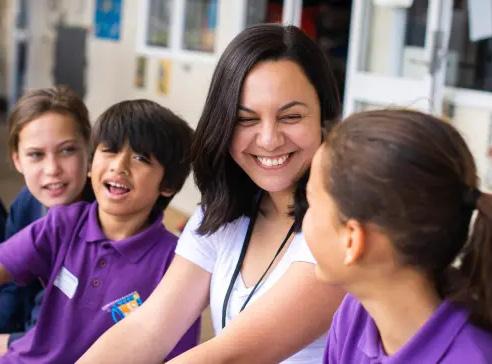
For parent Libby Bleakley, the presence of a Learning Support Coordinator (LSC) at Lytton Street School in Feilding marked a turning point in a long and emotional journey.
Her daughter, who struggled with learning, emotional and social needs, often masked her challenges during the school day, only to unravel from exhaustion at home. In 2024, the family felt alone in navigating these difficulties. But in 2025, everything changed.
Lytton Street School’s LSC, Michelle O’Fee, connected with their daughter in a way that made an immediate and lasting impact.
Michelle’s ability to listen, understand and communicate helped the learner grow in confidence and happiness. She began thriving in tailored learning groups designed for those who don’t fit easily into a regimented curriculum and started to appreciate her own unique brilliance.
For Libby, the support for her daughter brought stability to their home and a sense of being truly seen.
“To finally have someone else see our daughter for who she truly is has been wonderful,” she says.
Strengthening support
This kind of transformation is at the heart of a significant Budget 2025 national Learning Support initiative. By 2028, all schools and kura with students in Years 1–8 will have access to Learning Support Coordinators.
Currently, access varies widely across regions, with some sitting at just 18 percent and others at 57 percent. From 2026, every region will move toward approximately 60 percent access to LSC staffing entitlement.
That means 101,117 additional learners in 461 schools across the motu will benefit from new LSC appointments.
The expansion is designed to bring dedicated learning support closer to the learners who need it most, and to strengthen the connection between schools, whānau and communities.
Learning Support Coordinators are experienced, registered teachers with a current full practising certificate. They:
» support students to get the right help earlier
» better support teachers to meet diverse learning needs
» make it easier for families to understand and access learning support at school.
The 2026 LSC role reframes the role to be based in-school, with LSCs supporting leadership, working directly with learners to observe, understand and identify support needs, while actively influencing school practices and providing in-school supports.
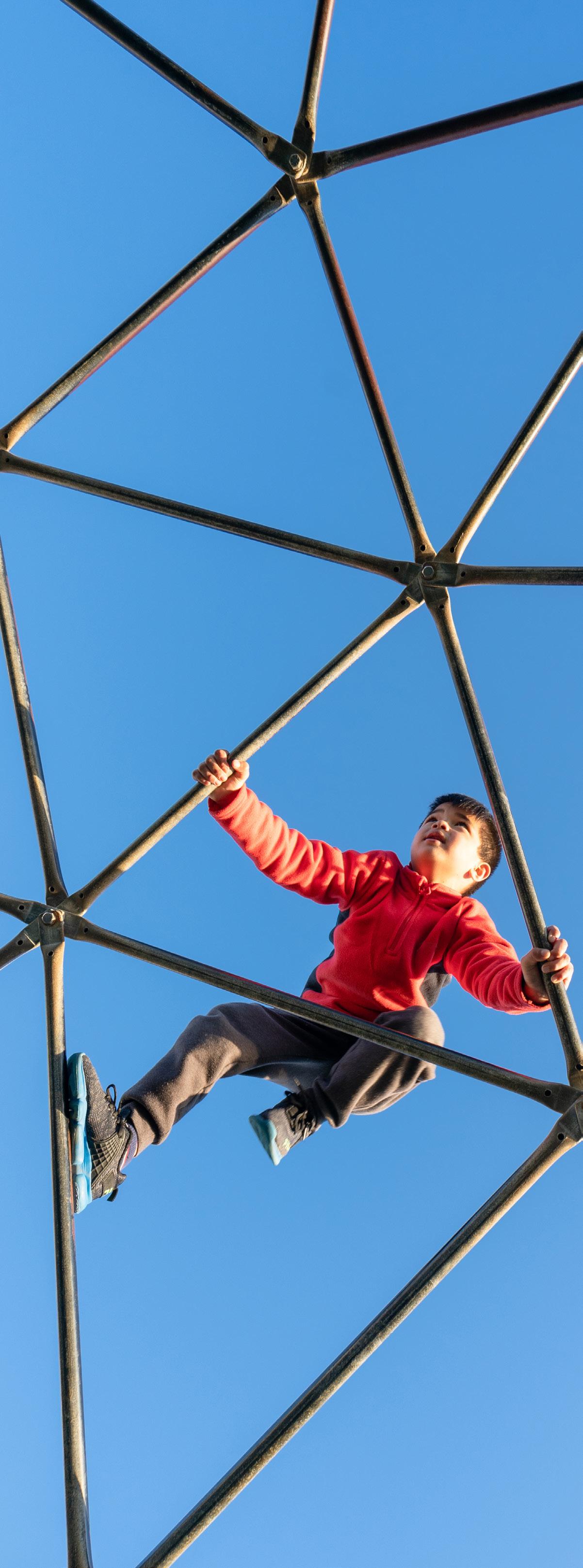

Phil Palfrey, principal of Kaitao Intermediate and NZPF executive member, believes the role is “integral to the fabric of a successful school”.
He says LSCs provide leadership that supports every learner’s needs to be recognised, valued and supported.
At Kaitao Intermediate, the LSC is part of the senior leadership team, contributing vital insight into the challenges and strengths of students across the school.
Phil sees LSCs as a bridge between classroom practice, whānau engagement and wider system initiatives.
When empowered, they weave together professional knowledge, system-wide collaboration, and relational
practice to strengthen a school’s capacity to accelerate learning.
He adds that LSCs not only advocate for students, but also nurture staff professional standards, leadership capability and teaching practice. This supports best practice to be consistently applied and grows inclusive environments where all learners can thrive.
“In our school,” he says, “I particularly value how our LSC lives these principles daily. She also actively seeks new and innovative ways to connect with our school whānau, celebrating the teacher/student/whānau ‘golden triangle’ partnership that is central to learner success.”
Michelle agrees, describing the LSC position as a much-needed bridge between schools, whānau and support services so ākonga with diverse learning needs are identified early and supported in a coordinated, effective way.
“Over the past six years, I have seen firsthand how the LSC role strengthens inclusive practice by building the capability of teachers and fostering stronger partnerships with families. My own professional learning has grown significantly during this time, and I’ve been able to apply that knowledge to support others.”
A network of shared wisdom Michelle reflects on her journey in the role and the knowledge she has gained from formal professional development, connections with other LSCs, and learning on-the-job.
When she first stepped into it, she knew it would be meaningful but didn’t realise how deeply it would shape her, both professionally and personally.
“What’s made this journey more special is being part of a passionate, knowledgeable team of LSCs. The collaboration, shared wisdom and sense of belonging we’ve built together has been nothing short of inspiring.”
This collective approach has enabled the sharing of expertise, resources and strategies across schools, while also building a strong sense of professional identity and shared purpose.
For her, the role is not only deeply rewarding but also vital to achieving more equitable and inclusive outcomes across the education system.
“Walking alongside ākonga and their whānau, helping them navigate learning and wellbeing challenges, has been a privilege.”
To help schools start recruitment for term 1 2026, the Ministry of Education will publish detailed LSC Role Guidance in the School Bulletin on 14 October, to help with recruitment ahead of term 1 2026. More information, including the 2026 LSC role description, is available on the Ministry of Education website.
On 14 October, Te Whakarōputanga Kaitiaki Kura o Aotearoa | the New Zealand School Boards Association is hosting a webinar focused on the future for the Learning Support Coordinator role and how to assess and appoint LSCs effectively and efficiently.
Professional Learning Development will also be available for all current and new LSCs in 2026, making sure the growing network of coordinators is well-supported and equipped to meet the needs of learners across Aotearoa.
Schools can email eradvice@tewhakaroputanga.org.nz for employment-related queries or reach out to their local Ministry of Education Service Manager or Manager Integrated Services for further information.
Visit education.govt.nz/lsc for the latest information and updates.
“Walking alongside ākonga and their whānau, helping them navigate learning and wellbeing challenges, has been a privilege.”
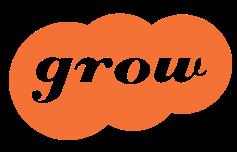
Quality breaktimes can help create fairness, build connections and support the holistic development of ākonga. From barefoot learners in Paekākāriki to trampolines at Te Aute College, schools across Aotearoa are reframing breaktimes by giving ākonga the freedom to lead their own play.
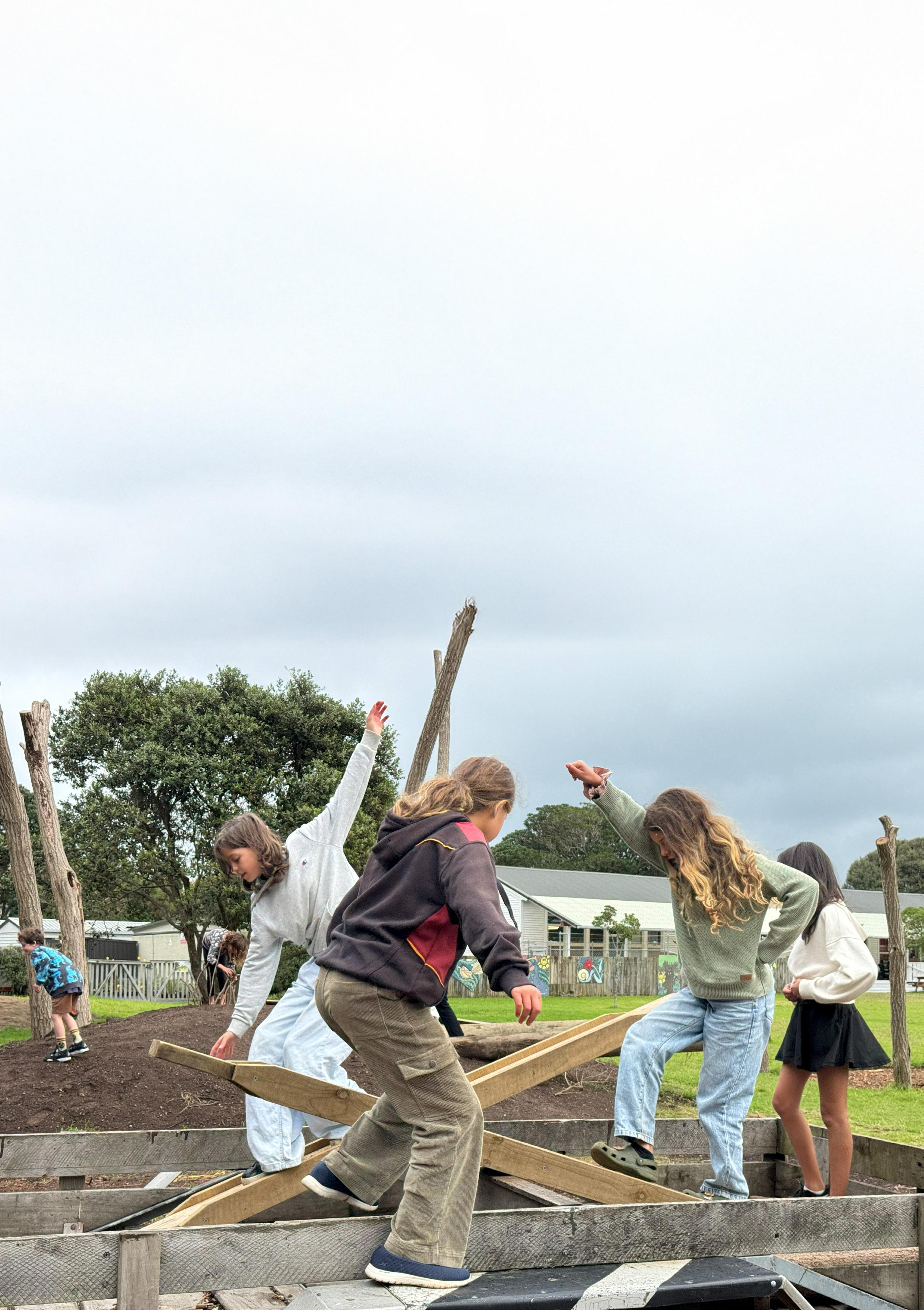
Ākonga at Paekākāriki School enjoy a play environment which gives them autonomy and confidence.
Play is a vital space for young people to explore, connect and grow. It’s where they experience joy, test boundaries and build life skills.
Prioritising quality breaktimes can really make a difference. These moments give students a chance to reset, build friendships and come back to class more focused and ready to learn.
Supporting play means more than providing equipment. It’s about seeing play as something ākonga lead themselves, that naturally comes and goes. It means offering different ways to play, especially within the school spaces, and thinking carefully about how adults fit in.
Tamariki at Paekākāriki School on the Kāpiti Coast near Wellington are becoming more confident and independent at school, thanks to an initiative empowering teachers to create play-friendly environments.
School staff have been part of a programme that supports them to better understand and embrace their role during breaktimes. Known as ‘The Home of the Barefoot Learner’, play is already a big part of the school’s philosophy, says deputy principal Judith Smith.
But the PARS Playwork UK-based qualification that Sport NZ and Nuku Ora have introduced at Paekākāriki School has taken that to a whole new level.
Designed to reshape breaktimes by empowering staff to embrace their role in play, they’ve learned how and when to intervene, giving tamariki autonomy and confidence to try new things.
“It’s been a good journey in terms of taking that step back,” says deputy principal Rachel McMullen.
“Risky play especially, that’s where I’ve made some shifts with how I address things, or how early I might intervene to give ākonga autonomy and make that space where they can be confident enough to try something new.”
Because there are different levels of risk takers, Nuku Ora’s Healthy Active Learning facilitator Tania Bartley says the process has had its challenges.
“It’s about learning what you should do when you’re observing children, how to feed back about what you’re observing, when you should jump in as an adult. It’s about getting the staff on board and speaking the same language, so having a guideline as a way they can all contribute and know what their role is, really helped.”
Caretaker Simon James has seen the shift in play during breaktimes.
“They’re allowed to explore ... They climb trees, they play with stuff we put out, and they tend to use their brains a bit more.”

“For adults and schools to understand what their role is in terms of valuing play … can really impact the classroom and beyond.”
The journey involved input from students and the community. A student group worked alongside the local Menzshed to design a new play box – named the play waka. With Tū Manawa Active Aotearoa funding through Nuku Ora, the play waka is now filled with play equipment.
“When we get the play waka out it gets used quite a lot because we all really like it,” says one student, Angus.
The vision of Sport NZ senior regional play consultant Ellie Davidson is for all schools to understand and value the importance of play times.
“They’re with their friends ... they’ve got the ability to do what they want, to relax, to engage ... and for adults and schools to understand what their role is in terms of valuing play, that can really impact the classroom and beyond.”
Trampolines have become a breakout hit at Te Aute College in Central Hawke’s Bay. Since being installed earlier this year, students have had to set up their own rules to manage the demand at breaktimes.
The school is one of 50 secondary schools and wharekura across Aotearoa involved in Active As, a Sport NZ-funded programme that puts rangatahi in the driver’s seat to decide how physical activity happens at their school.
Two years into Active As, one messages is clear: students don’t want play to stop at primary school.
Across the motu, rangatahi are opting for play sheds, Giant Jenga and oversized chess sets. At Haeata Community Campus in Canterbury, a newly installed swing set is encouraging new connections between the satellite and mainstream units.
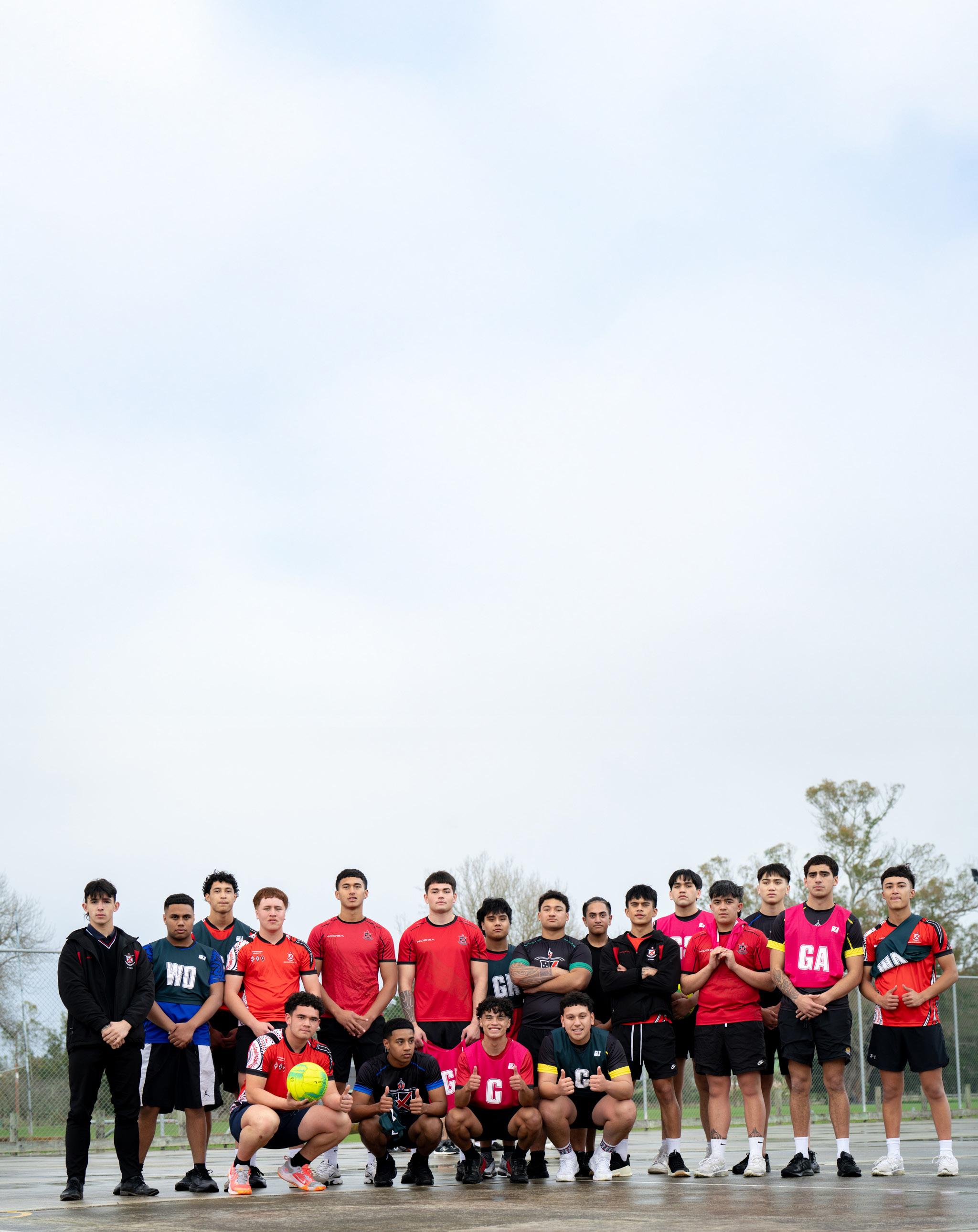
At Te Aute, as well as trampolines, there is a new gym for working out, four table tennis tables in the wharekai where students and teachers play each other, and a growing interest in netball, going from two teams in 2024 to six in 2025.
Jamie, a Year 13 student and part of Te Aute College’s Active As leadership group, says students are now more active because they have choices that reflect what they want to do.
“Having your own sense of will and knowing what you want to do and being able to do that, it’s just a good way to express ourselves,” he says.
He’s seen some huge shifts at his school since he was a junior.
“When I was Year 9 … if you didn’t play rugby, or you didn’t play a certain sport, you didn’t have to really do much physical activity at all. Now everyone gets up and gets moving.”
The shift isn’t just happening during breaktimes, it’s showing up in the classroom too. In 2024, Te Aute College reported a 100 percent pass rate for Years 11–13, with a record number of merit and excellence endorsements.
Jamie says Active As has played a crucial role in that, because being physically active allows a release from the pressures of school.
Planning to study tourism next year, Jamie says his experience at Te Aute College has reinforced just how important physical activity is to his overall wellbeing.
“I love being active. It just helps me ease my mind through tough times,” he says.
Sport NZ’s Active bodies, active minds supports this. Research shows increased time allocated to physical activity, whether through brain breaks or free play at breaktime, can positively impact engagement and success at school.
“Having your own sense of will and knowing what you want to do and being able to do that, it’s just a good way to express ourselves.”
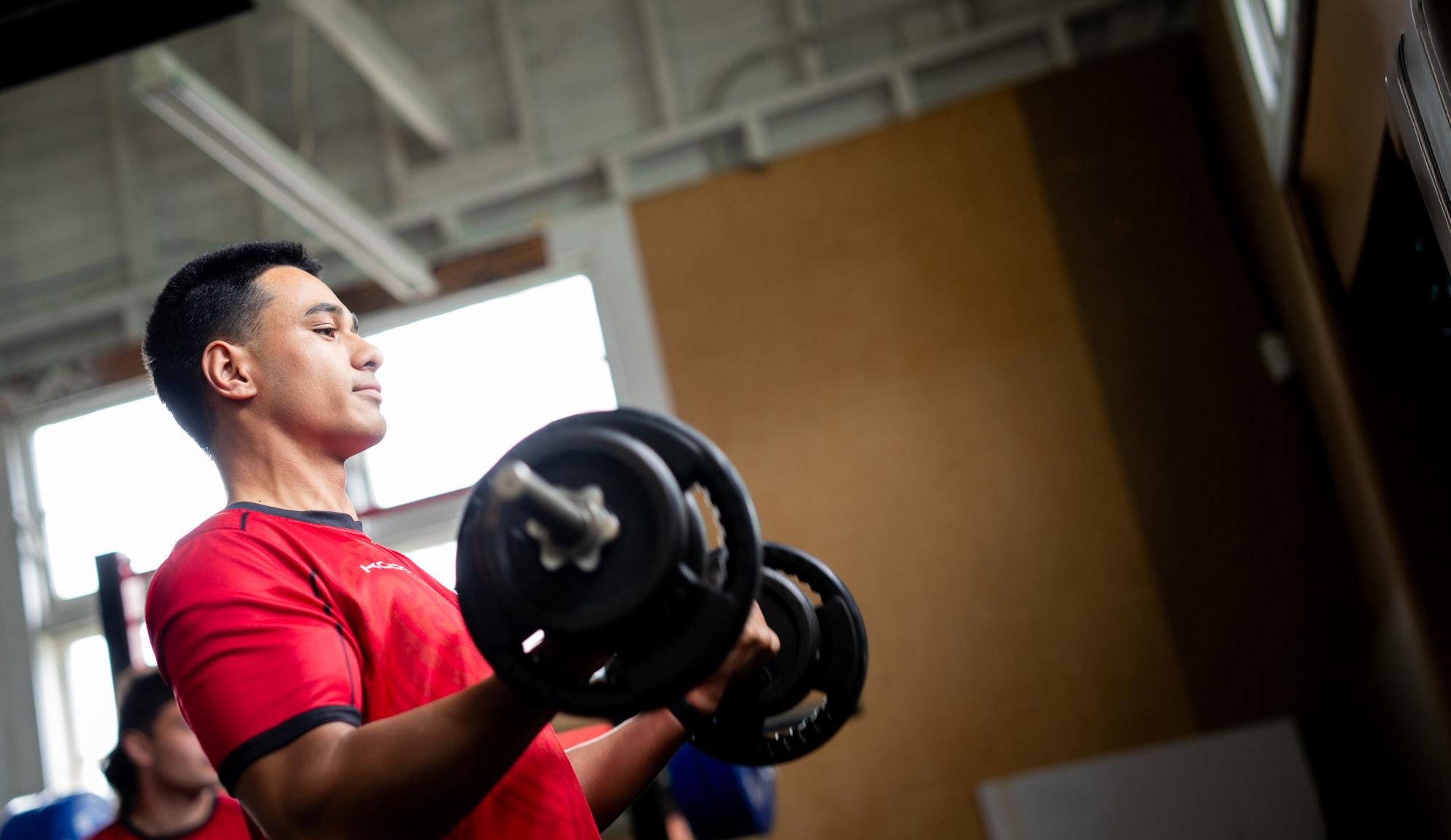
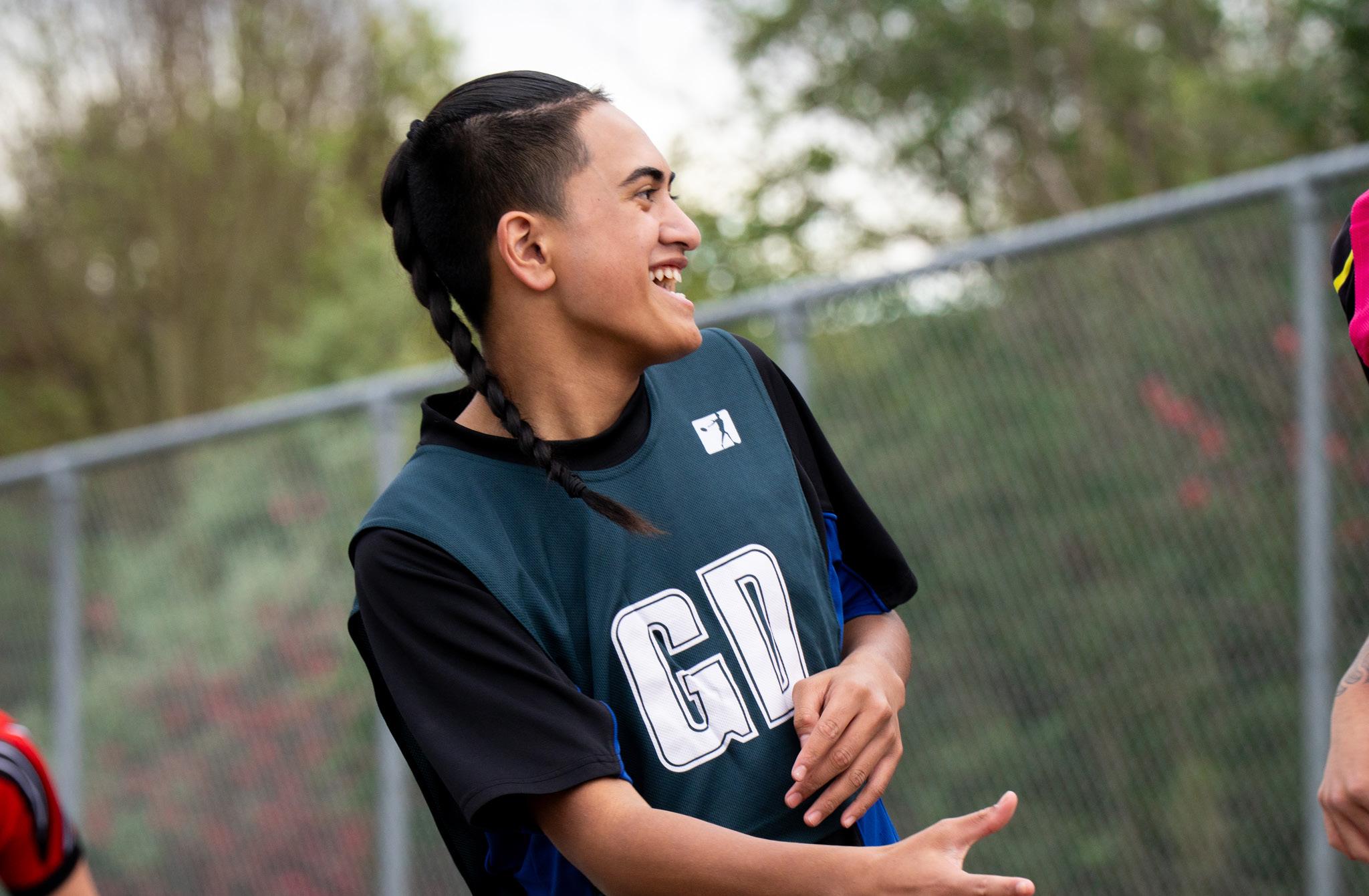
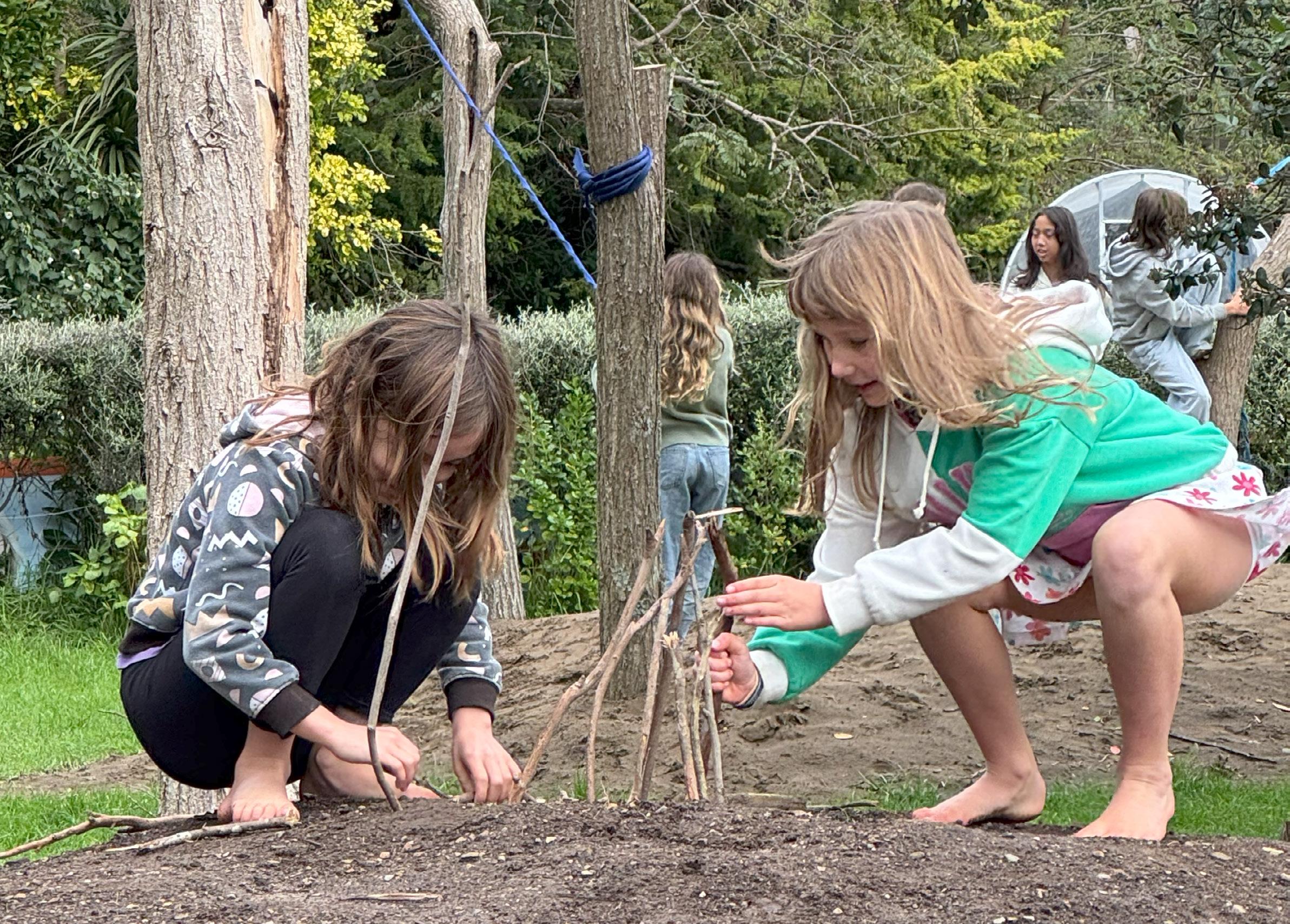
» Develop a play policy: Create a strategic approach to play grounded in pedagogy and human rights. A clear policy embeds play into school culture.
» Review playtime rules: Document current rules. Refresh them with input from ākonga – what they enjoy, what feels fair and what could improve.
» Observe breaktimes: Spend time outside. Notice where ākonga play, what they do and who they’re with. Use these insights to shape inclusive environments.
» Unlock the PE shed: Offer varied resources already on hand. Simple items can spark creativity and movement across age groups.
» Play first, eat later: Try reversing lunch routines. Playing before eating can reduce conflict, improve focus and support learning.
» Activate ‘desert spaces’: Transform underused areas with a trolley or box of play gear. Small changes can create vibrant zones of activity.
» Offer variety: Provide diverse, low-cost resources: swing ball, chalk, dress-ups, blocks, poi, hula hoops, giant games. Refresh the environment with ribbons, tyres, pots and pans, music or chalk art. Small surprises spark imagination.
» Introduce wheels day: Allow scooters and bikes one day a week to encourage movement, independence and excitement.
» Celebrate cultural play: Invite ākonga and whānau to share traditional games to honour identity and build connection.
» Join the fun: Dedicate one day a term for teachers to play too. This strengthens relationships and models wellbeing.
Find support and resources to help teachers and schools create quality play-friendly physical activity environments at sportnz.org.nz.
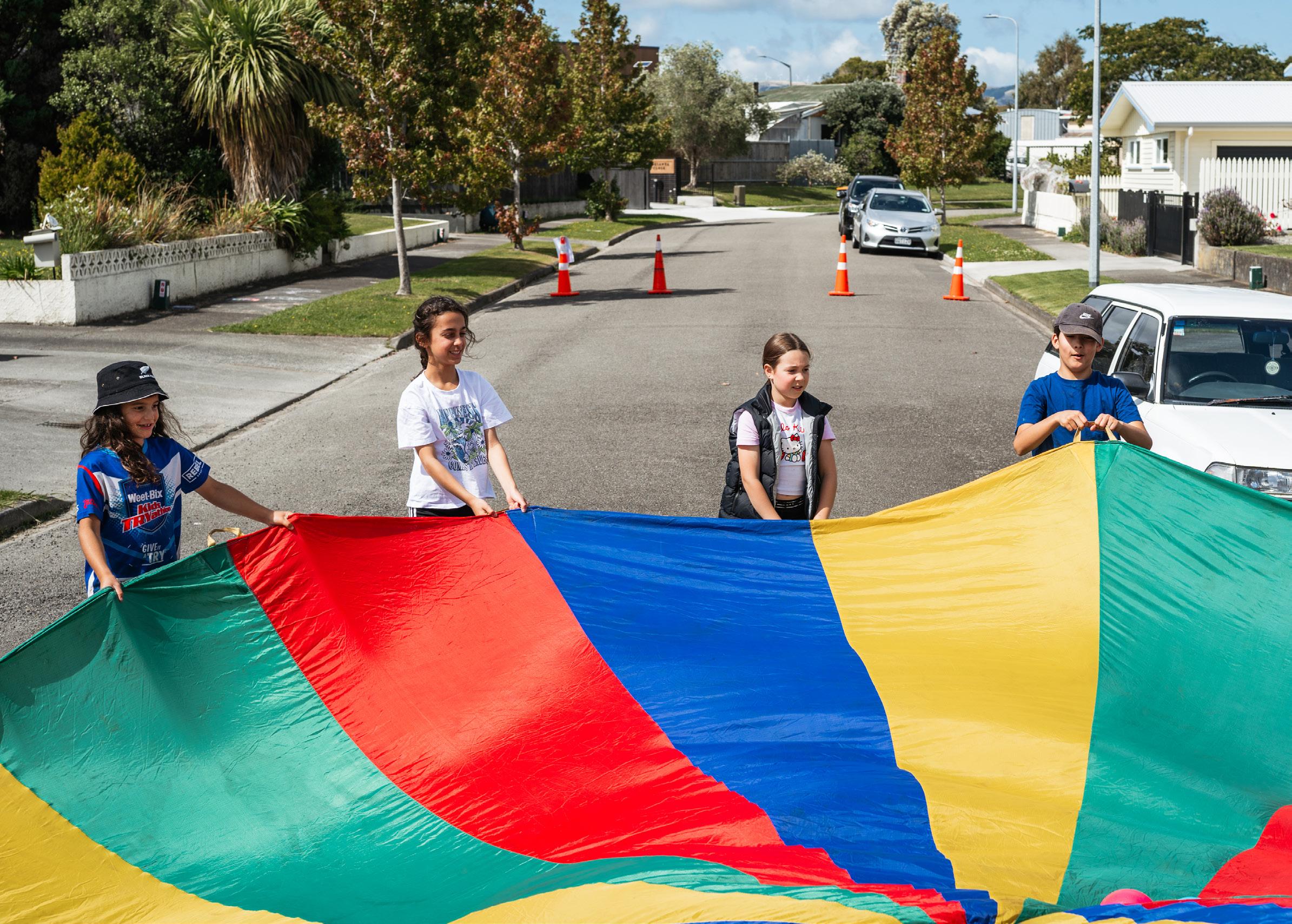
Play Street in Palmerston North – connecting
Te Aute College went from zero to six netball teams in two years – all by listening to students who wanted to play.
Celebrate the power of play! Play Week is an initiative led by Sport NZ, inviting schools, kura, whānau and communities across Aotearoa to celebrate the value of play in everyday life. Through big events and small moments of fun, this is the chance to have fun, express creativity and grow connections through play. Find inspiration and discover ideas to activate play in your school at www.playweek.co.nz.
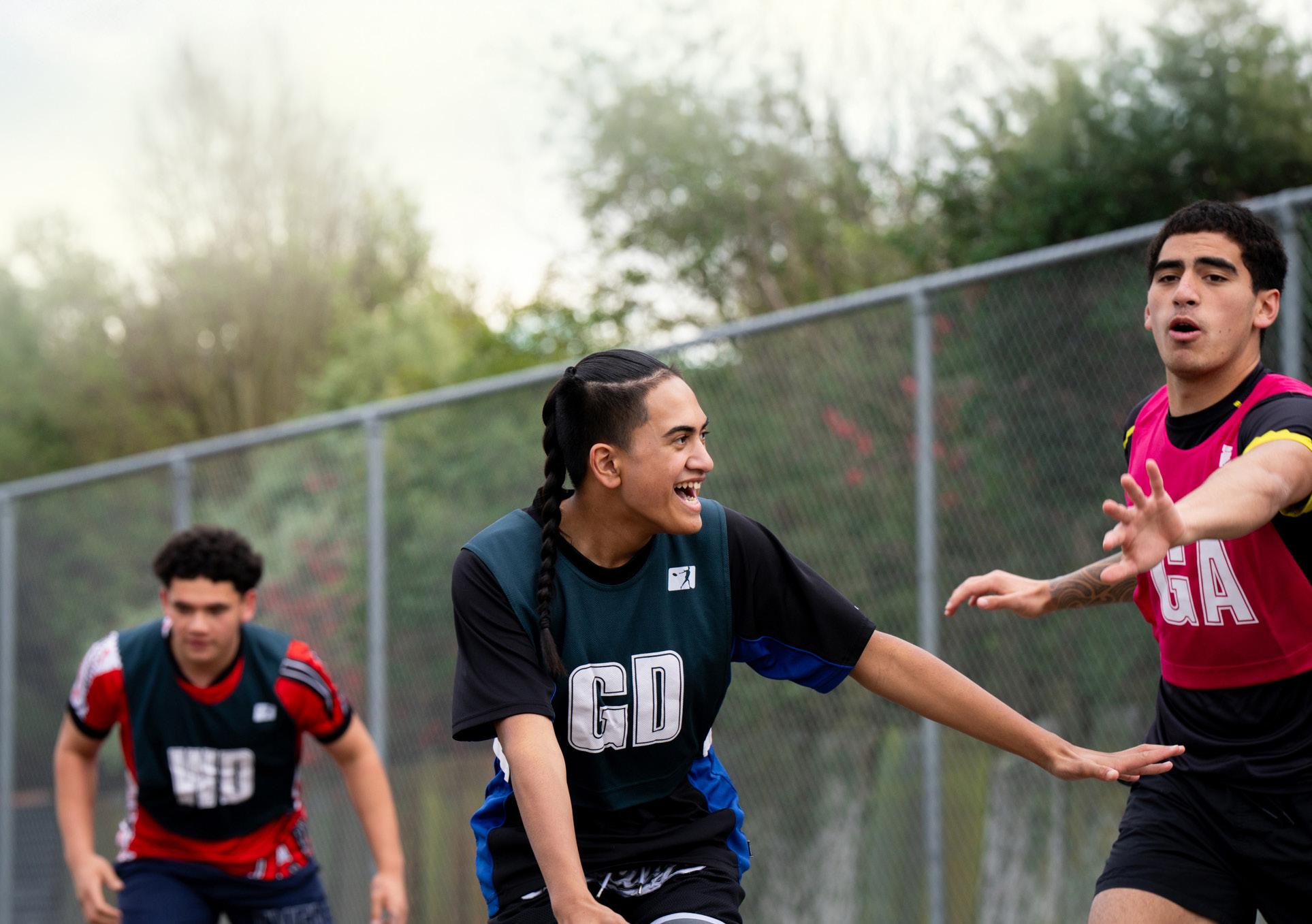
A student-led approach to physical activity has seen impressive results by boosting across-theboard sports participation at Mana College in Porirua, near Wellington. In this essay, Heidi Brian, a 2024 graduate of Mana College, explains who is more likely to drop out of sports and how creating a non-pressured space helped all students feel safe to try.
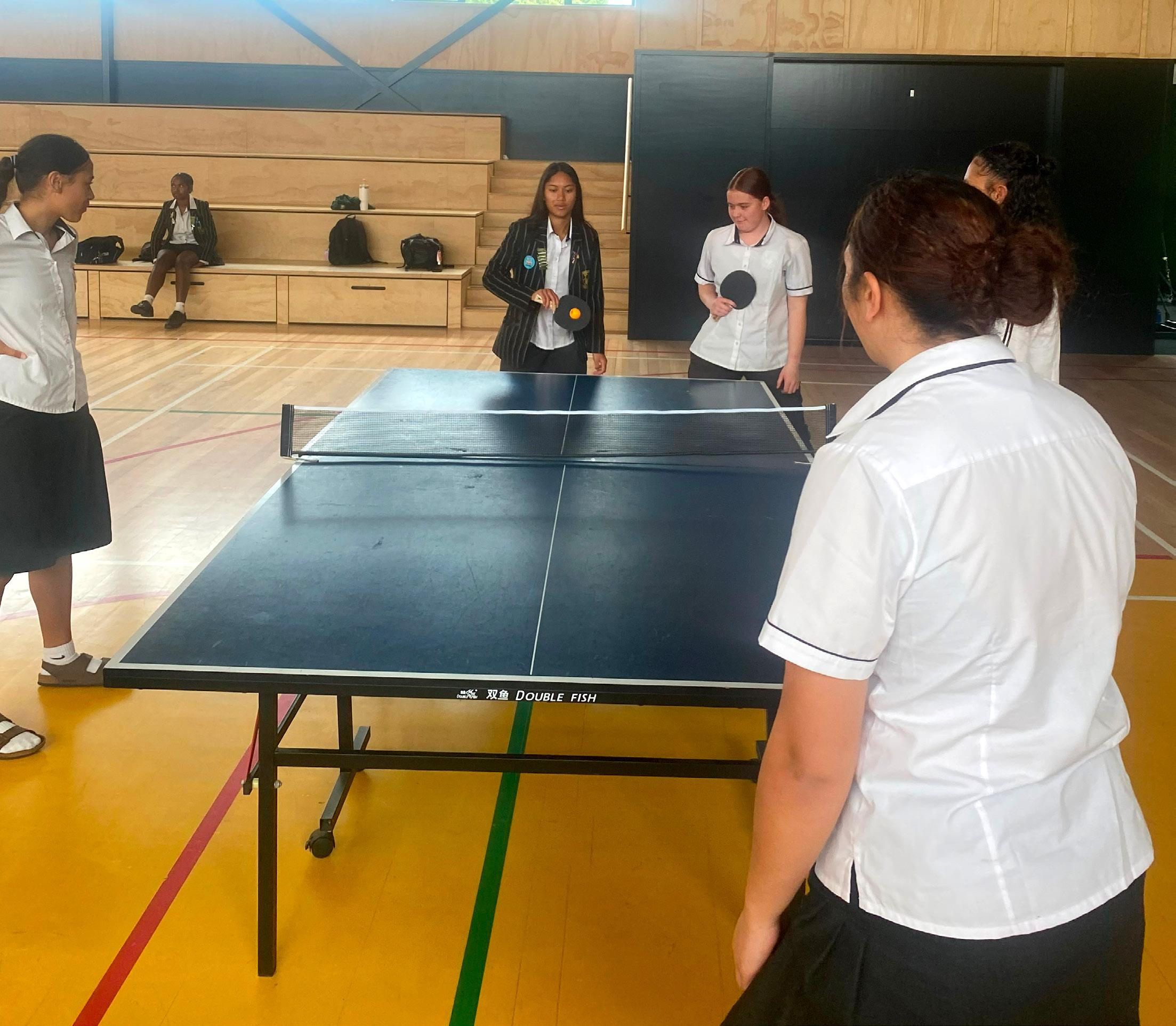
Mana College is one of 50 secondary schools that are part of Active As, the Sport NZ-funded programme that supports students to create their own physical activity initiatives. In the past three years, Mana College has worked to build a culture where being active is a natural, enjoyable part of daily life – not something students feel they have to do. This includes a strong commitment to boosting female participation in sport.
Between 2023 and 2025, Mana College’s ‘Voice of Rangatahi’ data showed an increase in the number of females extremely satisfied with physical education (PE), from 23 percent to 40 percent. The number of females participating in competitive sport at the school also rose from 48 percent to 61 percent.
Heidi’s essay
I believe it’s important to develop a positive connection with physical activity as early as possible. This means creating physical education (PE) lessons in schools that try to get females more involved.
Last year, my Year 13 PE class decided to investigate why female participation in physical activity is steadily dropping. We wanted to use our results to create an environment in our school where girls wanted to participate in physical activity.
We decided to observe the female participation in our junior PE classes. Over four lessons we came up with five key insights:
1. Fewer girls participated compared to boys.
2. The girls liked to stick together in small groups. If one girl sat out, generally a friend or two would join them.
3. The girls generally didn’t enjoy playing with the boys. The girls enjoyed structured lessons, with clear instructions and rules.
4. If the girls were playing, they often weren’t actively partaking. They stood more on the outskirts of the game boundaries.
Next, our teacher organised for us to prepare and lead the junior PE practical classes twice a week for three weeks.
We decided that supporting the girls to group together might be beneficial. We had girls working together on skills, so they got confident leading up to the game. We had boys playing around with no rules or boundaries, so they got some energy out before everyone came together. We were surprised with the result. The girls had gained confidence working with each other and they were no longer grouping during the big games – they were comfortable enough to join in. The boys were more calm and more likely to pass the ball around to everyone.
I then designed a generic PE lesson plan for the PE department, hoping that female participation in PE would grow.
If we could develop a positive culture of females exercising at school, it might begin to make a positive impact with exercise in our community.
Heidi’s ideal PE lesson
» Allow time for students to change into exercise clothes.
» Bring the class into a circle and explain to them a concept of the sport (for example, styles of defence in invasion games).
» Ask them a question about what they want to get out of the lesson and how they will achieve that (such as better communication, more participation or better sportsmanship).
» Split the boys and girls into separate groups.
» Have the boys play a small version of the game you’ve planned for the lesson and have them focus on passing and sharing as much as possible.
» Have the girls practise drills with each other that focus on the skills they’ll apply during the game and focus on getting them comfortable with making mistakes.
» Bring the class back into a seated circle. Explain the game in full detail making sure to set clear rules and clarify the rules may be changed during the game. Explain how the class can apply the concept of the sport you choose at the beginning of the game you’ll be playing.
» Modify the rules if needed (for example everyone in the team must touch the ball before scoring and all genders must touch the ball before scoring).
» Bring the class back into a seated circle and get them to reflect on their goal from the beginning of the class and get a reflection from them.
» Allow time for the students to change back into uniform. I also suggest:
» Implementing physical activity in primary schools that doesn’t relate to a specific sport, to expose them to a wider variety of physical activity. This could be taking the class on walks, practising yoga or doing Zumba.
» Having Year 12 and 13 girls who take senior PE join a junior class at least once a week – this might support female students to build confidence earlier.
» Create ‘give it a go’ days. This gives students the chance to learn more about a sport before they need to trial and increase the number of females participating in physical activity outside of school.
If we can make positive changes in young females’ physical activity then it can carry through to adulthood.
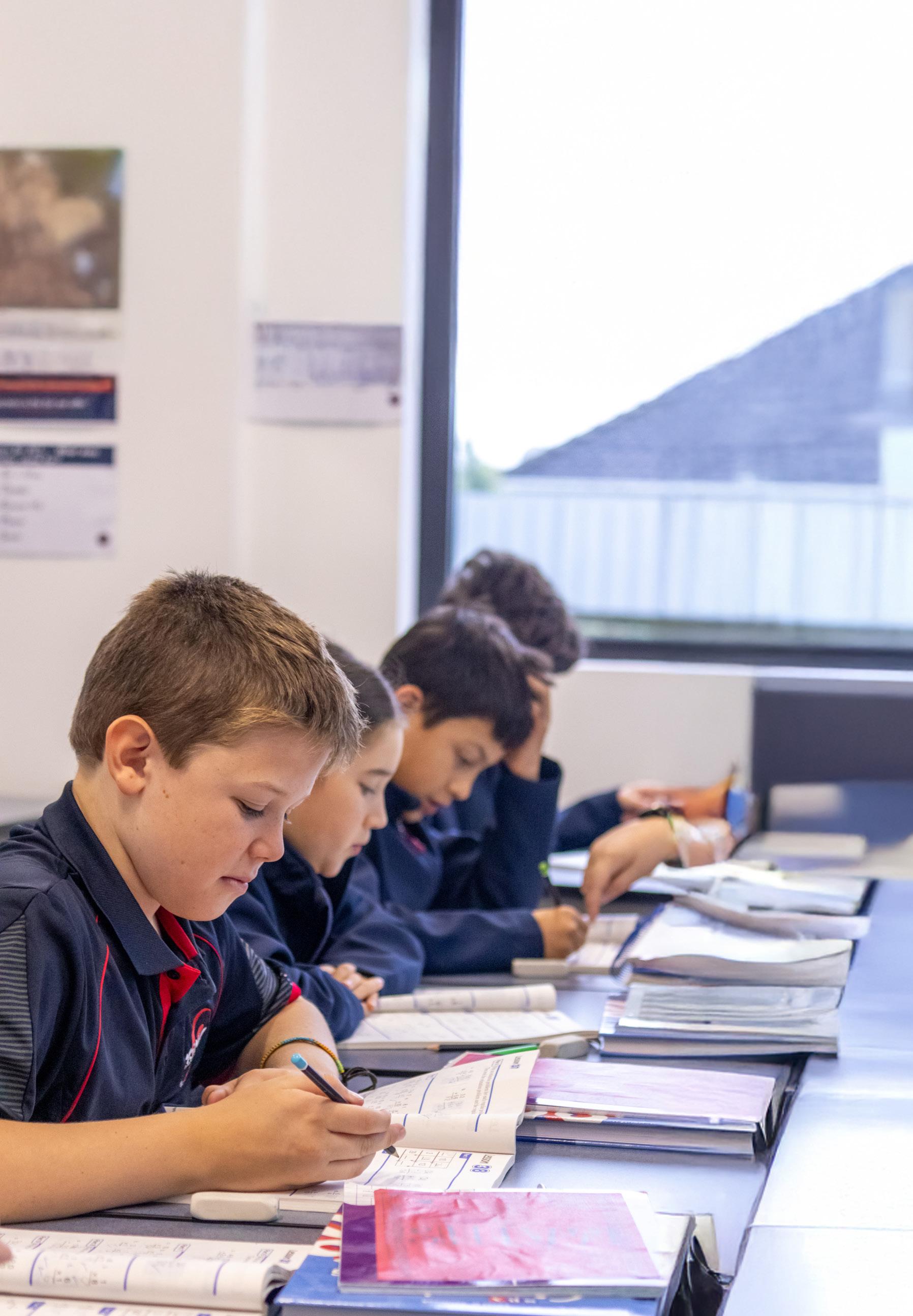
This year, eight charter schools opened their doors, with more to come in 2026. We explore how students are experiencing the different learning environments of charter schools across the motu.
At Mastery Schools New Zealand – Arapaki in Christchurch, students are taught at the level that’s right for them. For one Year 4 student, it’s made all the difference.
He says school was “good before,” but some classes were difficult. “Now, schoolwork is much easier for me. Now I feel great about learning, I am doing better and better.”
Aimed at students in Years 1–8 who have disengaged from school, Mastery Arapaki is a partner of Mastery Schools Australia and was in the first tranche of charter schools to open this year. At his former school, the Year 4 student had been struggling to read and write at his age level and the pace, environment and noise of his open plan classroom was a major challenge.
“He could not keep up with the work, and the class kept moving forward without him,” say his parents. “He was trying so hard to do everything he was told at school, but the way they were teaching him was not working.
“He found school very hard and stressful.”
That all changed at Mastery.
“One week after I started, I felt like everything was feeling better and I felt good about that,” the student says.
“I am proud of my work and how many friends I have made. I am much better at maths, and my writing and reading is getting better too. Everything is quieter and easy for me.”
Seven charter schools opened in term 1 this year, in Christchurch, Auckland and Northland. An eighth followed in July, with three more due to open in term 1 next year. More applications for charter schools will be approved this term.
Charter schools are designed to diversify our education system and create new options in areas that may have fewer choices. They are public schools, operated by a sponsor that has signed a contract with the Crown, instead of a school board. The Government allocated $153 million over four years to open 15 new charter schools and convert 35 state or state integrated schools to charter schools.
Sponsors are approved by the independent Charter School Authorisation Board | Te Poari Whakamana Kura Hourua. They can choose their own curriculum, teaching style, conditions and school hours. In return they must meet specific performance targets including student attendance and achievement.
The French connection
For École Française Internationale Auckland, that choice was to offer the French curriculum in a bilingual setting.
One Year 3 student, finding it hard to engage, found this sparked the interest he needed.
“I feel great about learning, I am doing better and better.”

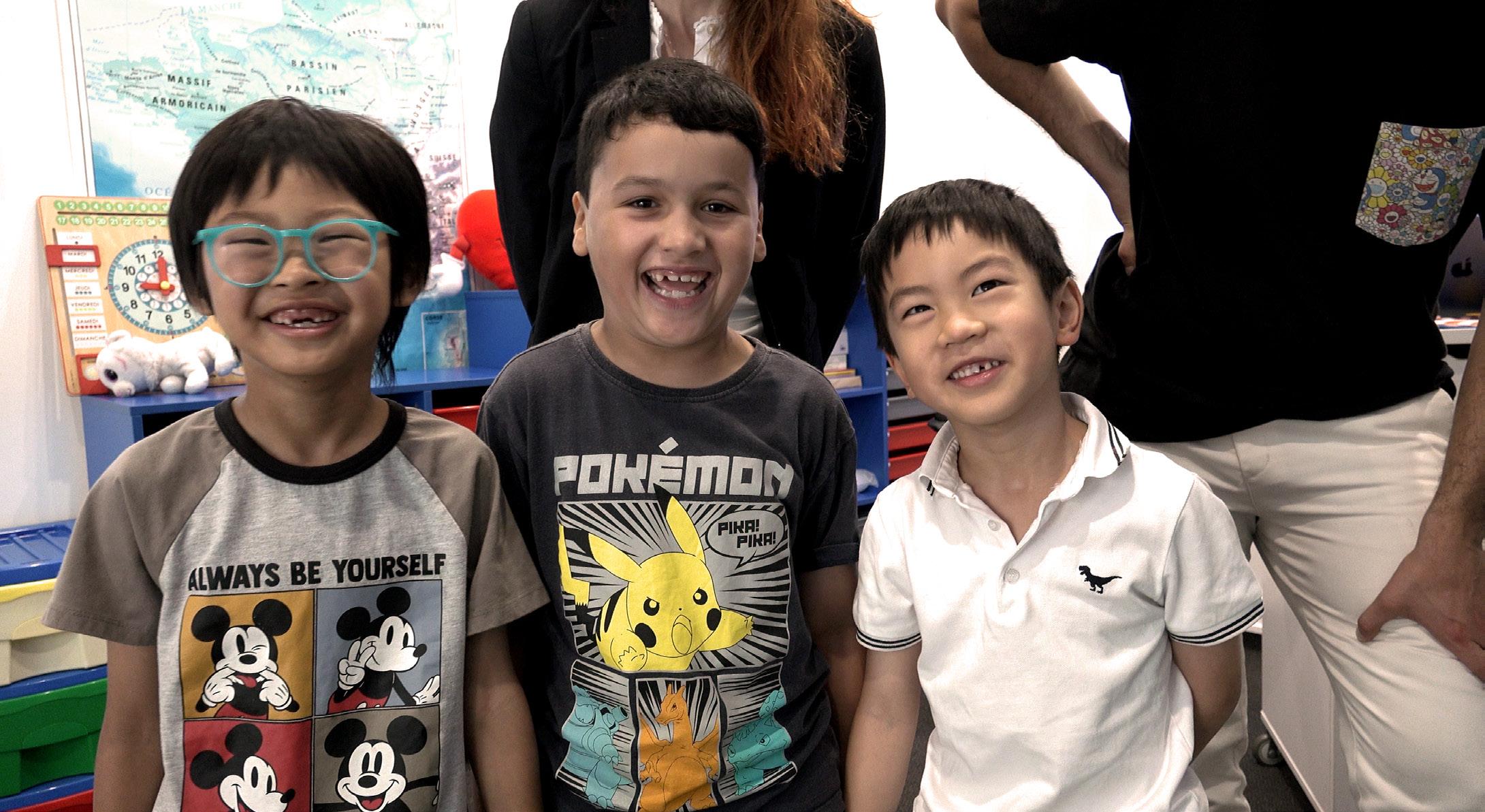
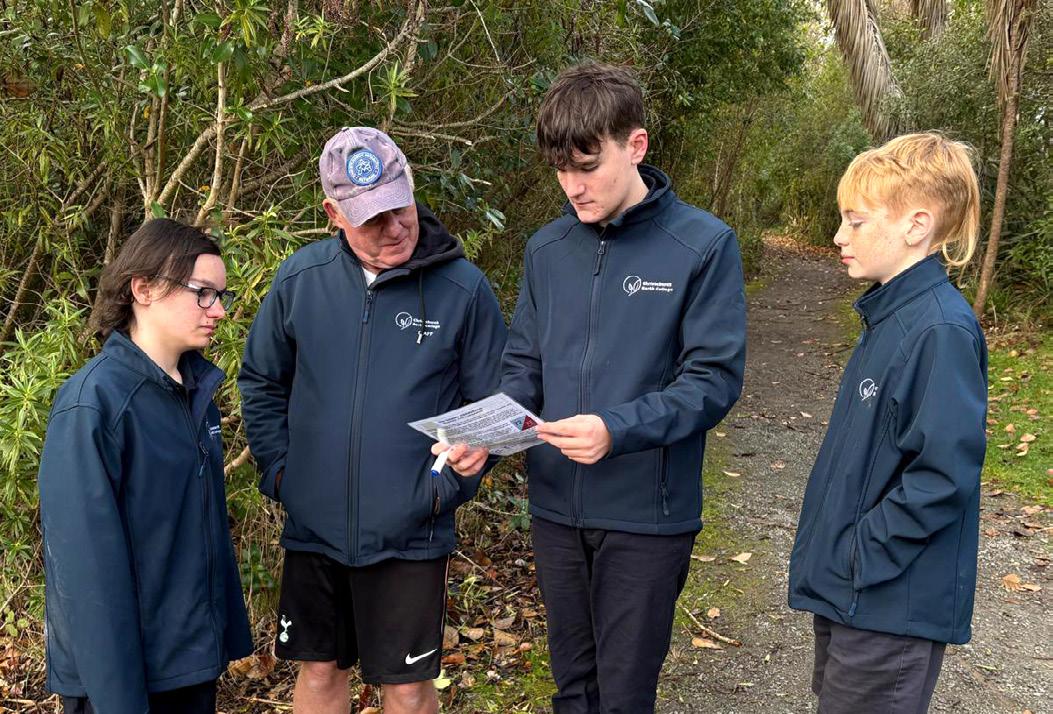
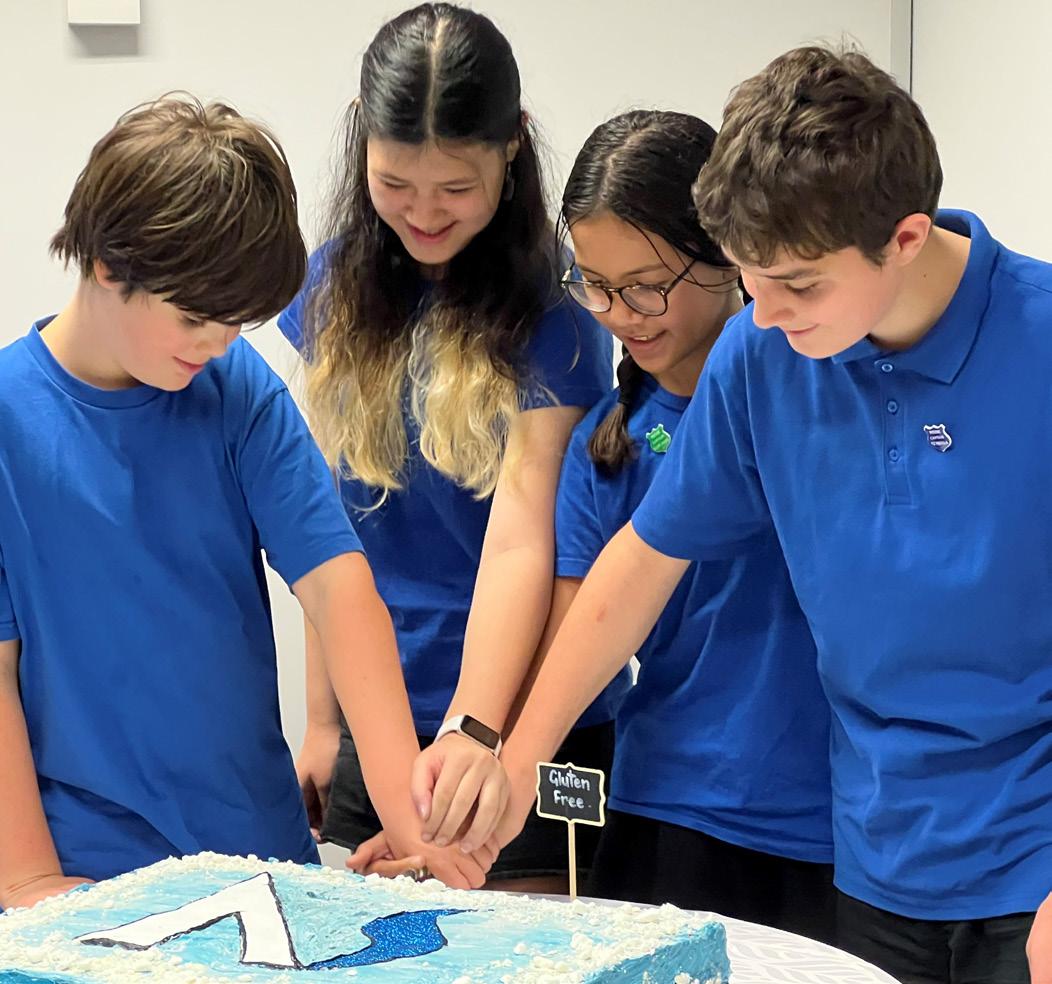
the family spoke French at home, his mum says it made sense to see if he would appreciate the different pace and challenges of learning in French.
Another family with a Year 3 child “jumped at the opportunity” to enrol.
“Internationally, bilingual immersion has been shown to work well for gifted learners who might not always find enough challenge in other settings, so it felt like a really good fit.”
At Mastery, learning at her own level, without computers and in a “more strict” setting, was the recipe for success for one Year 7 student.
She struggled to keep up at her former school and, by Year 5, her parents say the basics “just weren’t clicking” despite the work she put in.
“When I was working in a group, we would learn something, but sometimes I wouldn’t understand it and we wouldn’t go over it again. I didn’t feel like I was very focused in the classroom... I would say to my mum and dad, ‘I was dumb’ because it was hard.”
For her parents, changing schools was a big decision, but it paid off.
“To have a child who has gone from saying that she is dumb to one who says that school is easy and is so excited to tell you about her learning and her teacher is incredible.”
A fellow Year 5 student says Mastery helped him discover he can learn and read.
“I felt bad that I couldn’t do something my friends could. I felt lost and sad to be left behind.
“I knew in a few days at Mastery that I could learn because I was getting things right.”
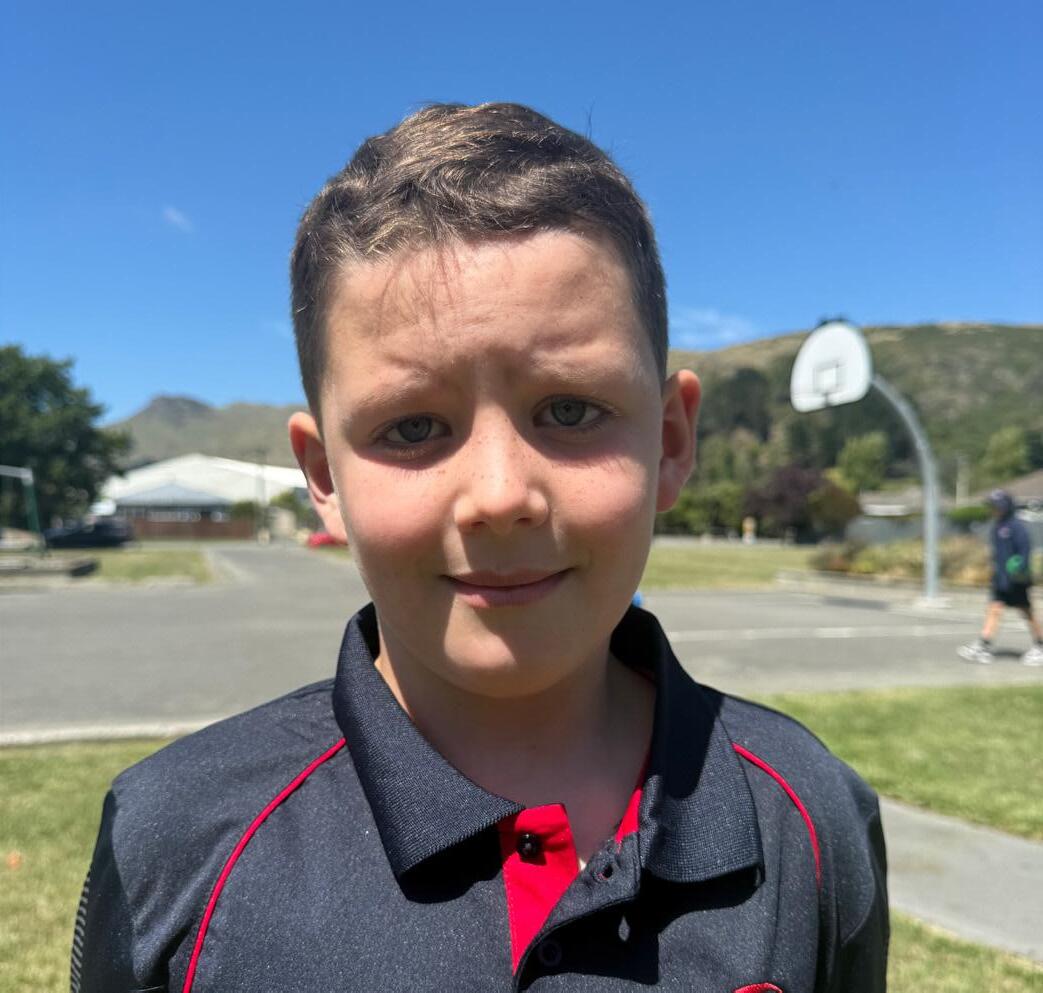
His Year 4 schoolmate who also once struggled academically is thriving because of the school’s approach to neurodiverse learners and its structured approach to teaching, say his parents. “The Mastery team have a depth of understanding about neurodiverse children’s needs, and the way of learning supports him really well.”
The parents of a Year 3 École Française Internationale Auckland student say it has extended his “learning how to learn” skills.
“Our child is gifted and was already working a few years ahead academically. There’s a real love of learning and curiosity – they often explore topics independently through learning videos and other resources.”
The North West Creative Arts College in Henderson, Tāmaki Makaurau, combines academic learning with creative expression for students in Years 7–13.
A Year 8 student says they struggled to engage and experienced a lack of direction before enrolling at North West College.
“This year at NWC things have been put in place to help me learn and it’s really helping,” he says.
“In creative arts we are learning to spill our hearts into things we love and new hobbies. We are learning to just be ourselves. At North West College I like learning, and on the way home I look forward to tomorrow because it’s not a day at North West College, it’s an adventure!
“The teachers helped a lot and they were nice and they’d like to teach us their subjects that they were very passionate about and they knew each and every one of us.”
Christchurch North College is a middle school targeted at students who have disengaged in Years 7–10 to prepare them for secondary school. Established by four Christchurch state secondary school leaders, each student receives a personalised learning plan capturing their strengths, interests and goals. The school also provides support such as food, uniforms and stationery.

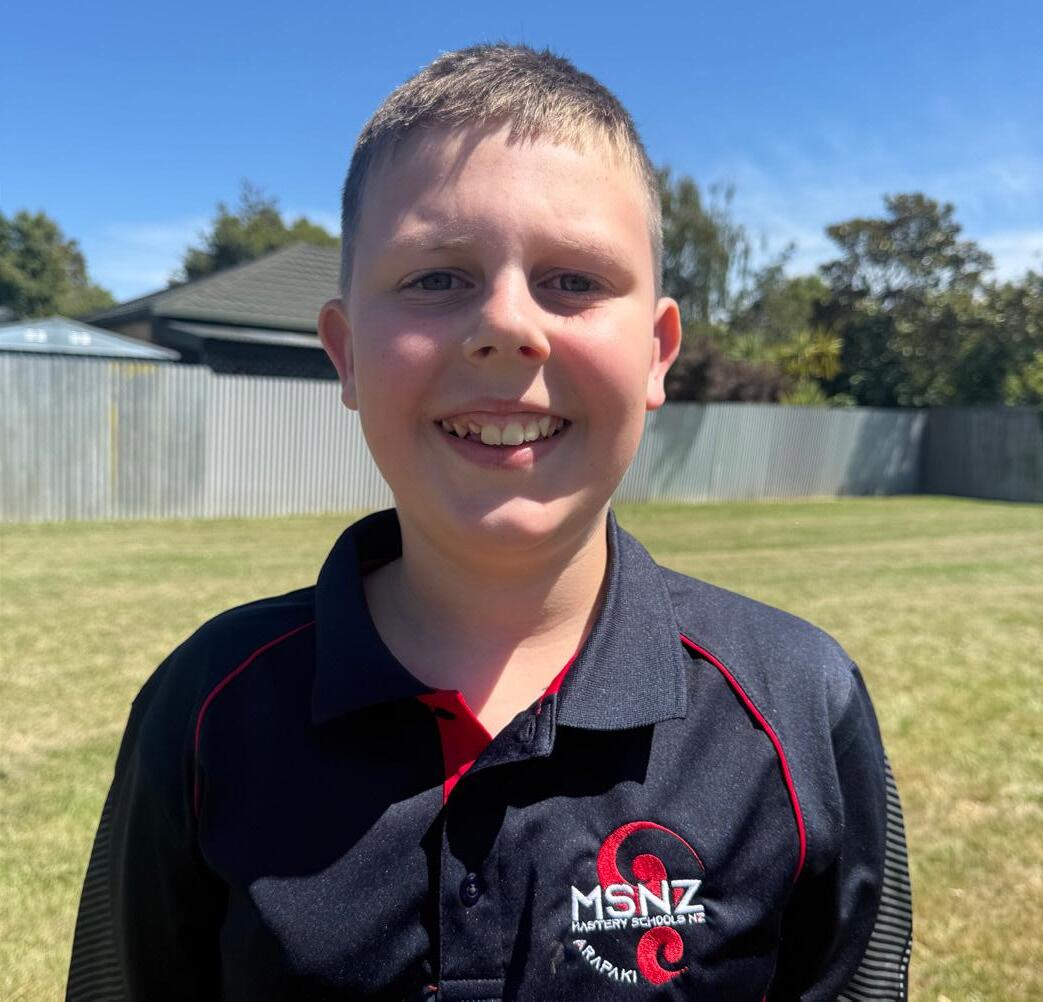
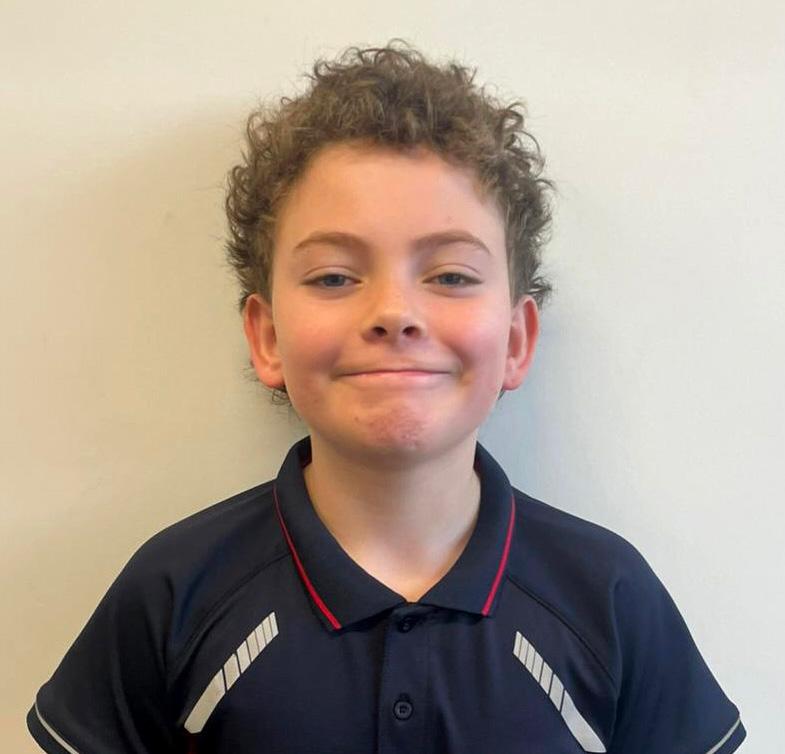
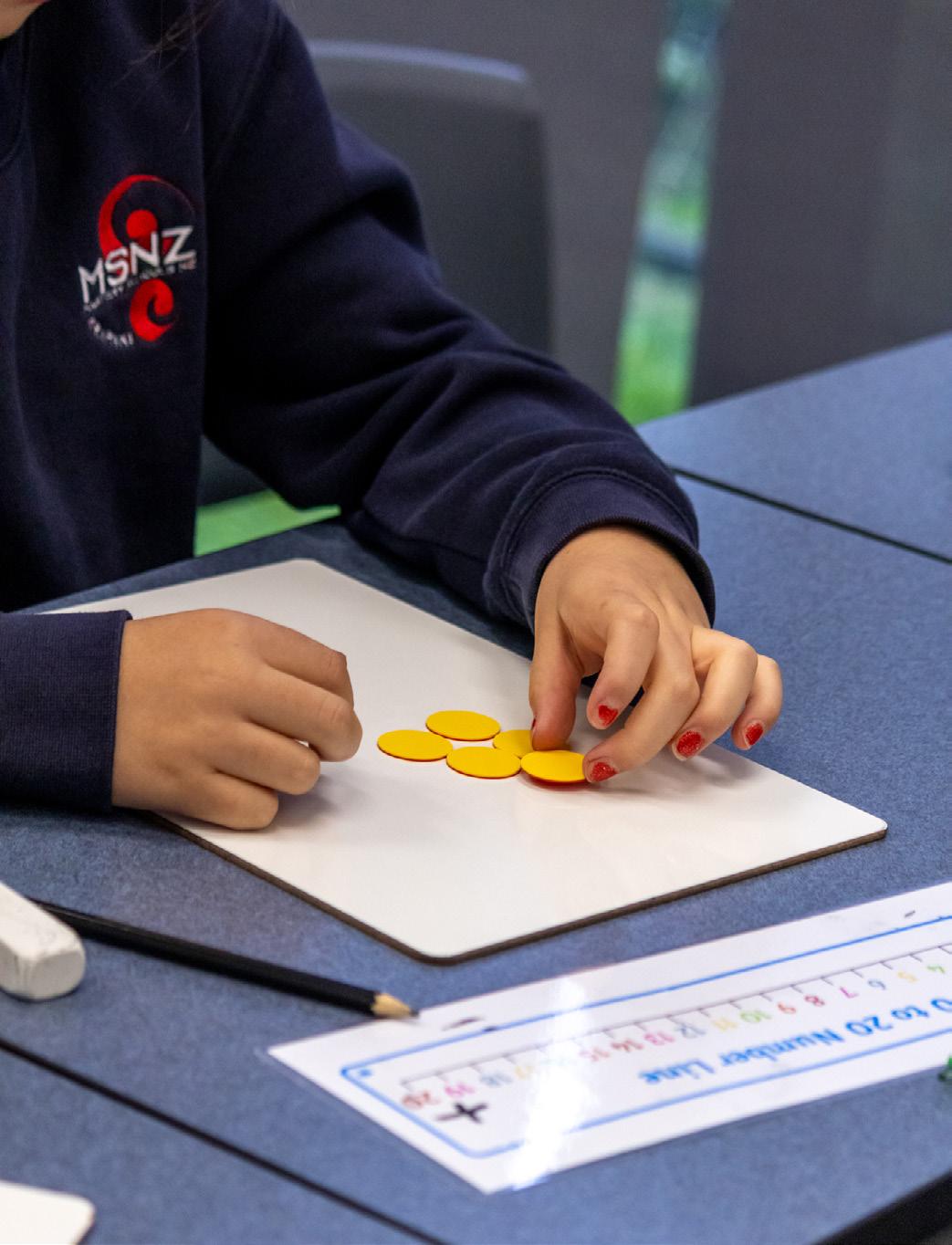
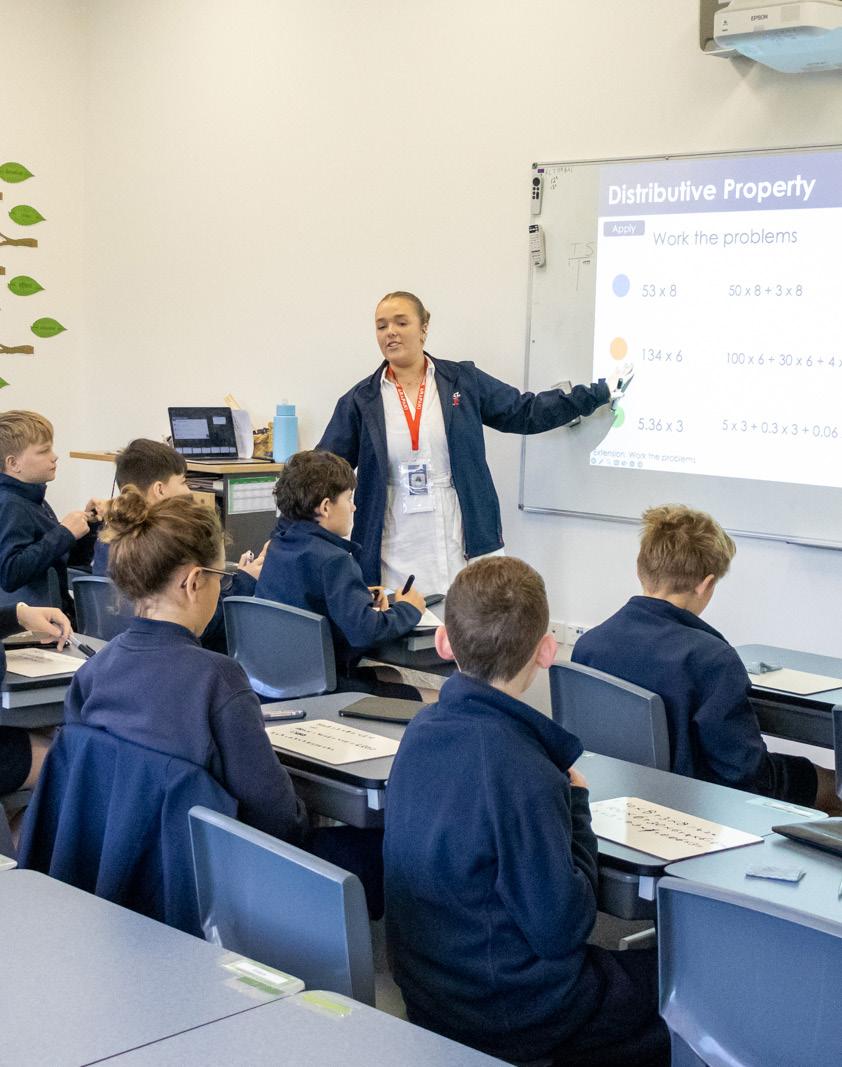


A Year 9 original Christchurch North College student describes all the touches that help them engage with school. From the activities on offer to the friendly school receptionist who plays games and has decorations on her desk, to a beanbag in class and a teacher aide in their space, to fewer kids in class, everything “makes me feel more comfortable”.
“The teachers and the resources at this school have really helped me to do my work. I really like the counters and shapes I get to use at numeracy time so I can be creative and learn.”
One student came to Christchurch North College after a year at a different high school and two days at another, which ended in an anxiety attack.
“The classes don’t have a lot of students so thinking is easy and I can do my work a lot quicker. The learning is tailored to me so I can at least have some challenge but not being too hard.”
A Year 9 student says it is easier to focus in the classroom.
“I feel like it’s easier asking questions because less people in classrooms means there’s more of a chance asking questions.”
A Year 8 student at North West College says: “For a neurodiverse kid like me, small classes were a relief.”
His parent agrees: “He has been more settled since starting at North West College. He has teachers who are understanding of his needs and push him in the right direction.”
A Year 9 student says where, once, he “didn’t learn much”, that changed when he started at North West College. His parents say they “could not be happier” with the progress he’s made.
“The focus all teachers are giving him and working with his dyspraxia and dysgraphia is amazing.”
At Mastery, a Year 7 student says he is “getting better at learning”.
And his parents say their son has “dramatically” changed and grown, academically and socially.
“Academically, I cannot put into words the improvement with this, the skill was obviously always there, it just needed the attention and nurturing to shine.”
A Year 9 North West College student says he went from feeling like “a nobody with no talent” to being able to focus and feeling like a student.
“The opportunities are awesome… I would tell you more but I can’t describe how amazing it is to be there.”
“I like being in different groups for each thing we do as it means the group is at my level.”
Papatoetoe High School head student William is making the most of every moment, whether it’s captaining the school mixed netball team, walking for New Zealand Fashion Week, leading Siva Samoa, running a business, or being the role-model for just over 1,700 students.
In this Q&A, William shares what it means to lead with heart and faith, embrace every moment, and dream big.

Q: Can you introduce yourself and tell us a bit about your role as head student?
Tālofa! My name is William and I’m just a brown kid finding his feet in a wild world called high school. I’m involved in different areas, balancing academics and extracurricular activities such as sports (curling, waka ama, and captaining the mixed netball team), dance such as Siva Samoa (Samoan group leader) and of course being head boy of Papatoetoe High School.
My studies are hard, but if you truly want it, you’ll do anything to get it!
Q: What does being head boy mean to you, and how did you get here?
For me, being head boy isn’t just a fancy leadership title that you can rock whenever you want. It’s a work ethic and an opportunity to showcase who you are as a person and role model.
Being head boy isn’t just talking at assemblies and getting all the praise upfront, but leading from behind when no one is looking.
Q: You’ve said you want students to enjoy their school journey. Why is that message so important to you?
My message about enjoying every moment of high school isn’t just a silly saying for me, it’s a genuine message to my peers because I know how limited time is – not only in schooling but life in general.
Q: Looking back, what’s one moment from high school that really sticks with you?
As I’ve almost reached the conclusion of my schooling journey the moments that stick with me are honestly… all the laughs I’ve shared with all my friends and teachers. So simple, but such sweet moments shared with my people!
Q: How has school supported you in following your passions outside the classroom?
If you know me, you know that I cannot simply sit still and so I must stay busy and involve myself in a lot of extracurricular events! My school has always been a supportive place for me. My senior leadership team, teachers, peers and even my principal have always been there when I’ve needed that extra bit of motivation.
Q: What was it like walking in NZ Fashion Week?
Walking for NZFW was a childhood dream ticked off my bucket list. It was such a surreal moment knowing that my walk would be streamed on TV, media outlets and of course in front of hundreds of people. I’ve always wanted to walk for prestigious events.
Q: Tell us about your own fashion line and what inspired it?
Brown Beauty Apparel is a small and upcoming business of mine that releases limited edition pieces once in a while from my collection vault. Ever since I was a kid, I’ve always wanted to own a business and had an entrepreneur mindset.
It’s funny, because my plans were not clothing. I originally had the idea of owning a candle business when I was around 10 and learned everything you need to know about creating candles and a business at the young age of 10. Then my next phase was a scrunchy business. Honestly, it’s a funny and long story about how those all came to be.
Q: What do you want people to feel when they wear your designs?
I want everyone who wears my ofus (clothes) to feel like they are beautiful, untouchable and be consumed with self-love! My business is about inner beauty and reclaiming that. Whether you’re small, thick, young or older, there is always a home for you here.
Q: With everything you’re doing, how do you balance leadership, schoolwork and fashion?
How do I balance it all? To be completely honest, I don’t. I’m constantly picking myself up after a long tiring day of trying to balance it all! I’m in my last year and I still find it hard to balance everything at once, especially because I love to try and do it ALL instead of having to choose one. I hate having to choose one – so why not try to do it all!
Q: What’s next for you?
I’m in preparation for serving a mission for two years and then right after I’ll continue my fashion line as well as get into tourism. I’ve always wanted to be a flight attendant and so I’ll work towards that right after my mission.
“My senior leadership team, teachers, peers and even my principal have always been there when I’ve needed that extra bit of motivation.”
In a TikTok video by the Ministry of Education, William outlined his goals as head boy, including making sure that students enjoy high school.
“I hope I play a part in making it positive. I want all students to wake up in the morning excited to come to school.
“Enjoy it. Enjoy school while it lasts because as cliché as it sounds, it goes by in the blink of an eye. It really does.”
It’s fair to say William has done just that! As have hundreds of young student leaders across the motu. Education Gazette would love to share more student voice as we come to the end of 2025 and look towards 2026. Do you have a student in mind? Email us at gazette@education.govt.nz.
Check out William’s message to other students here.
